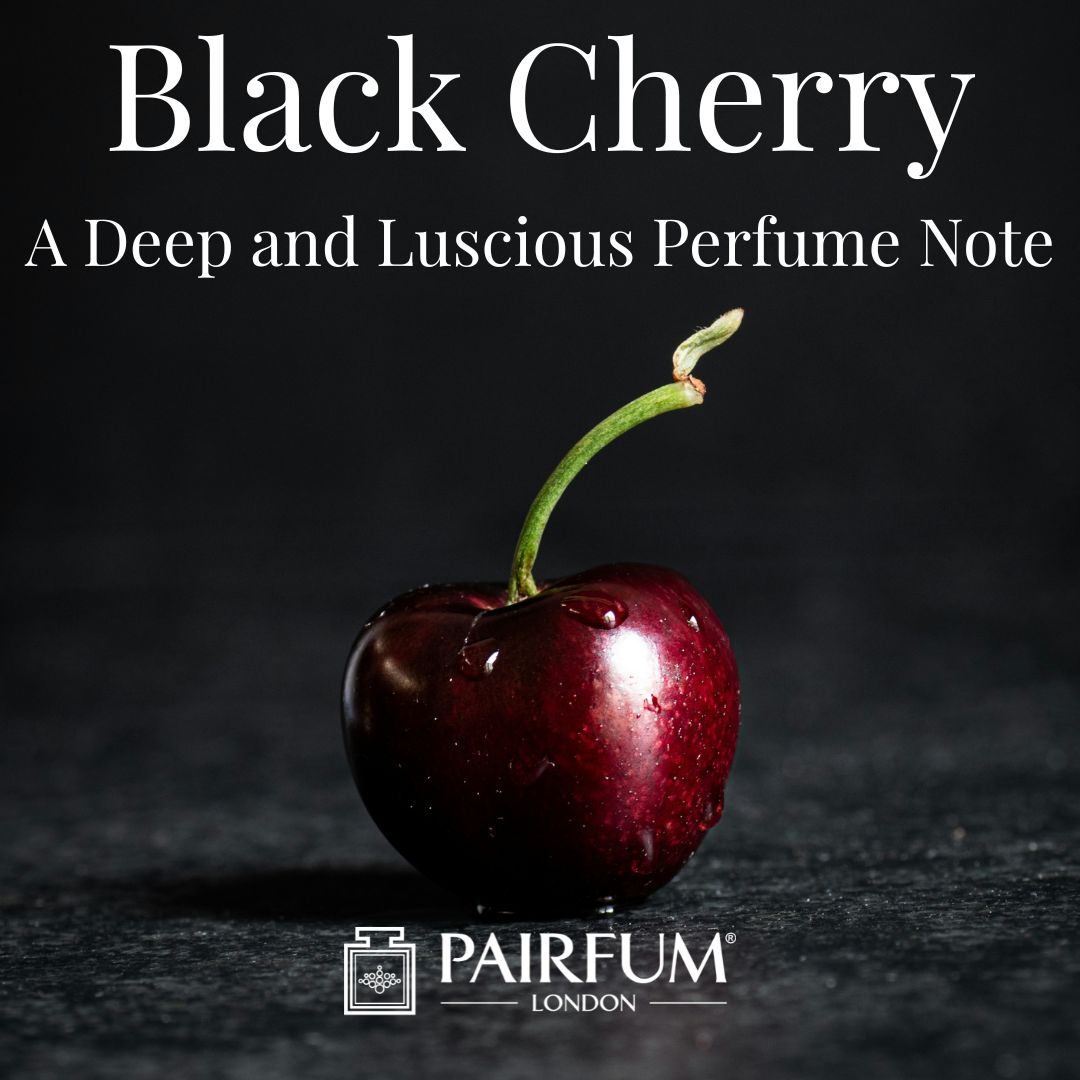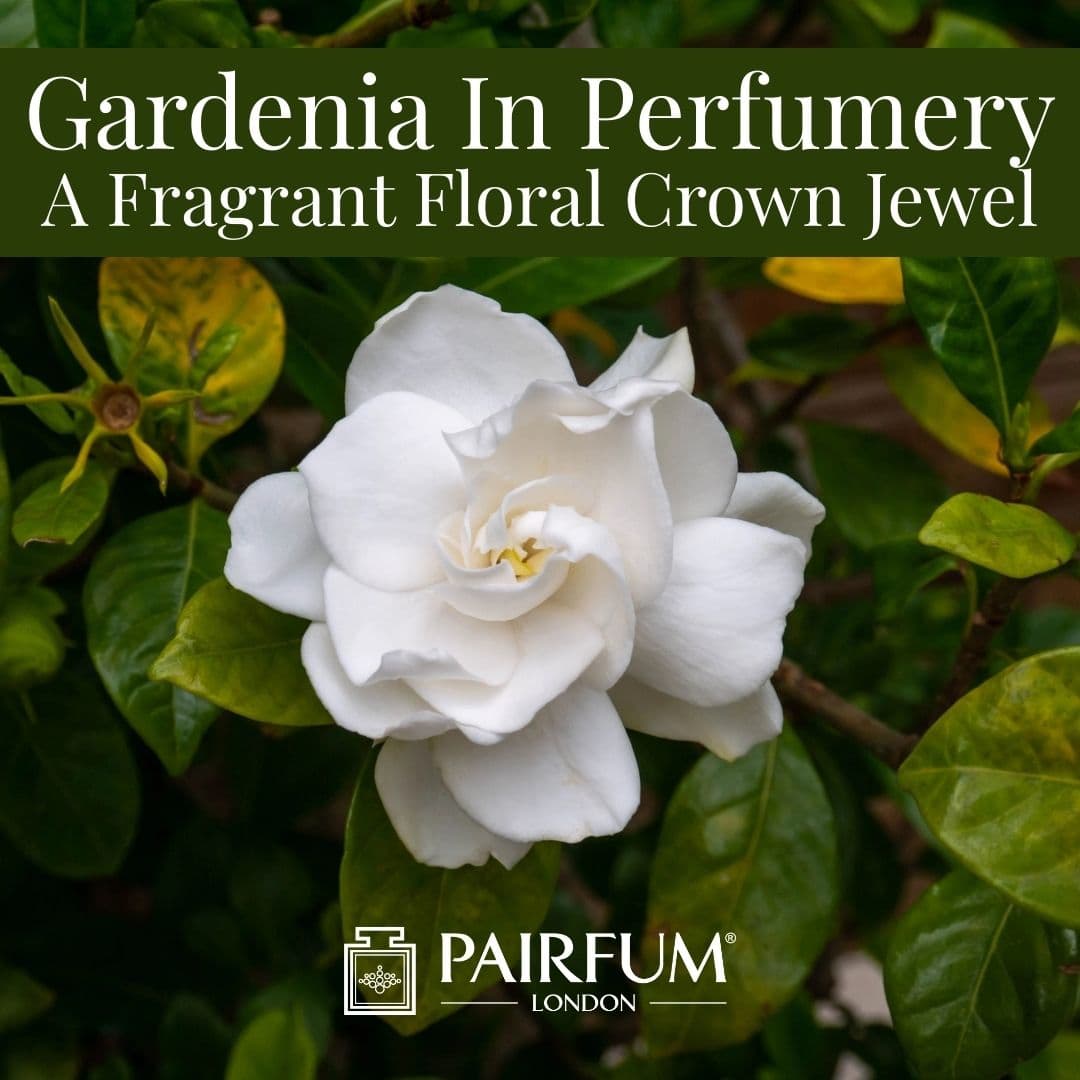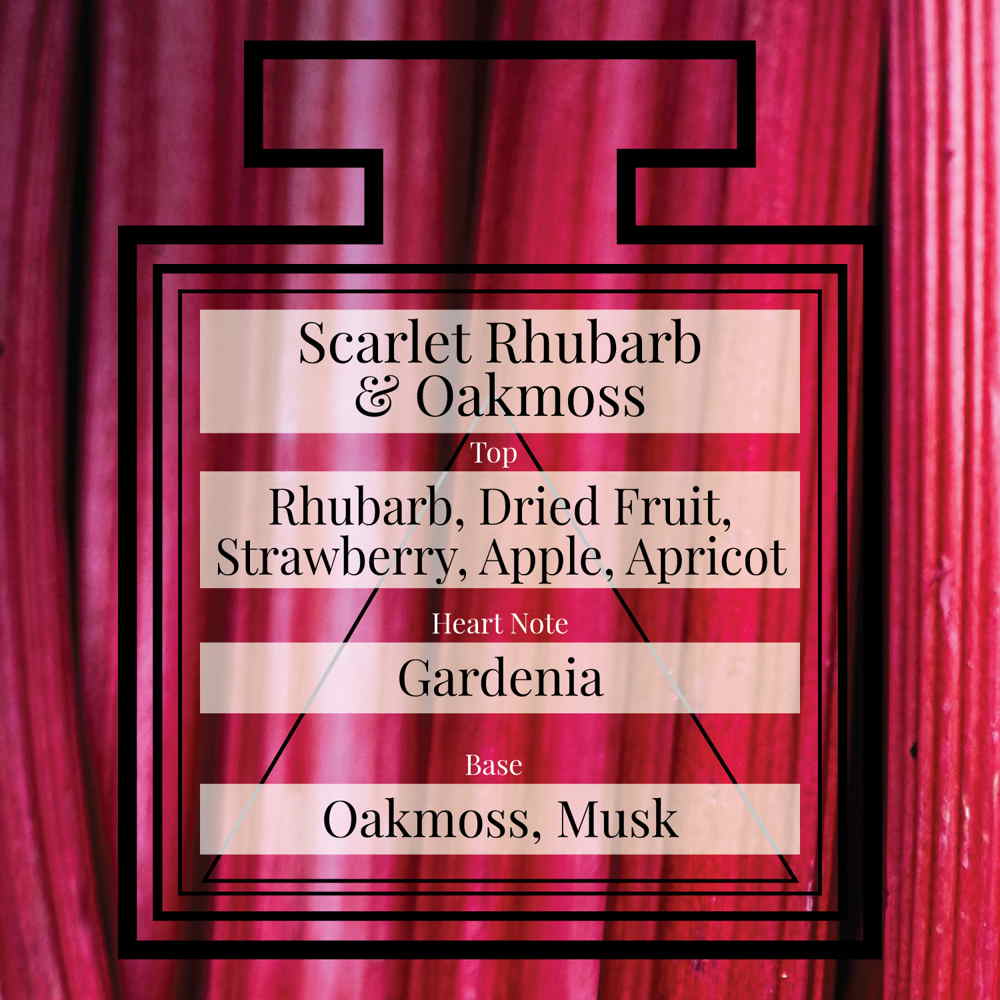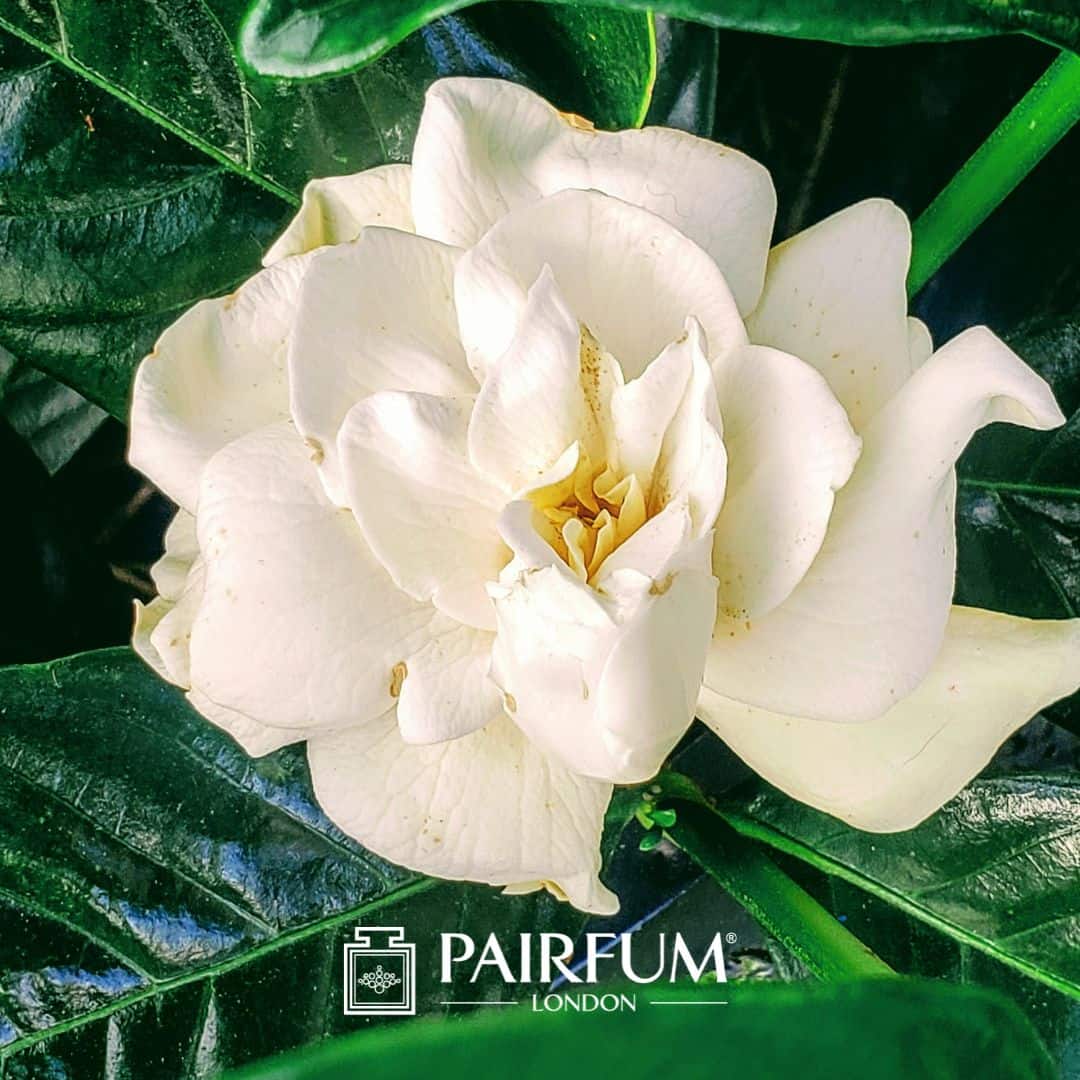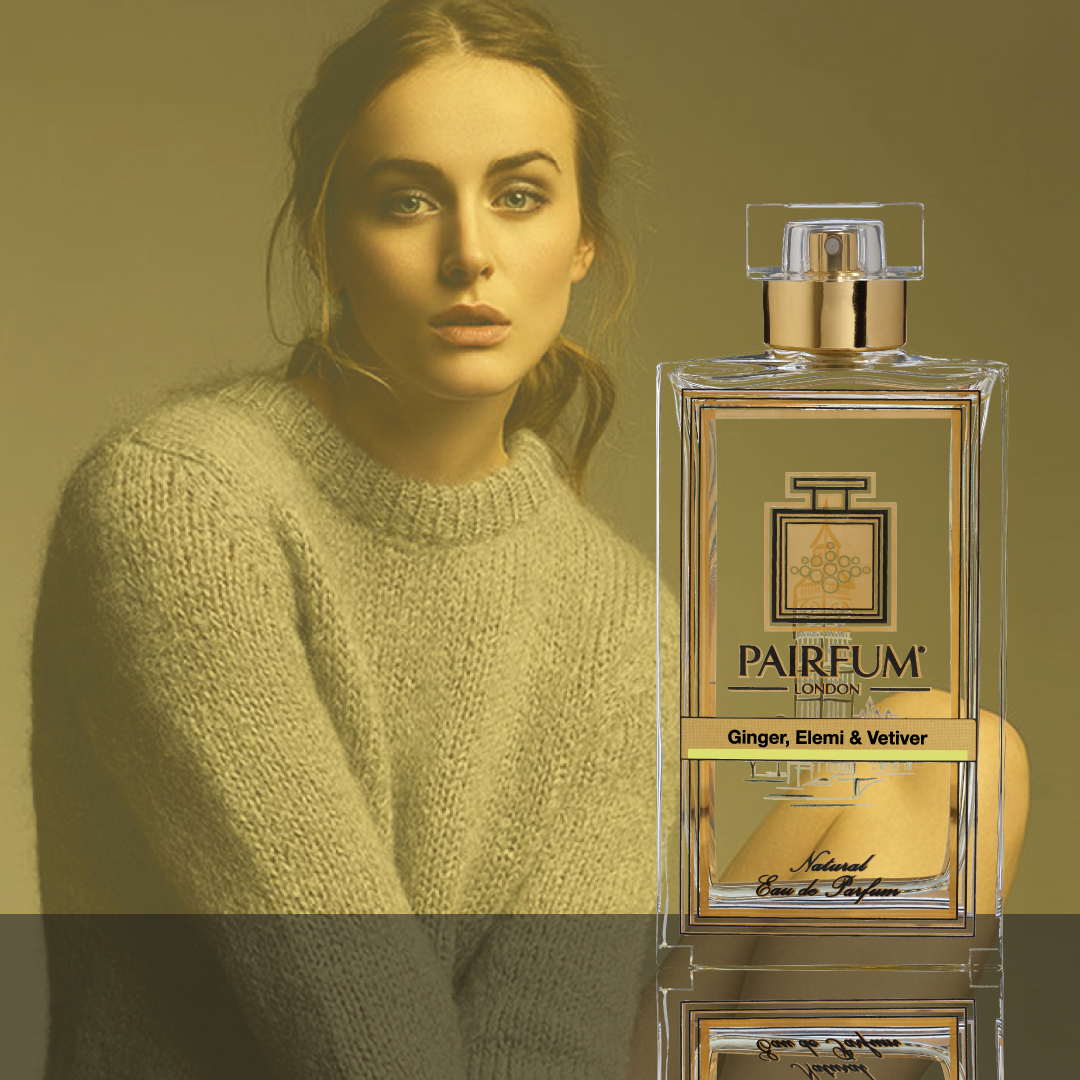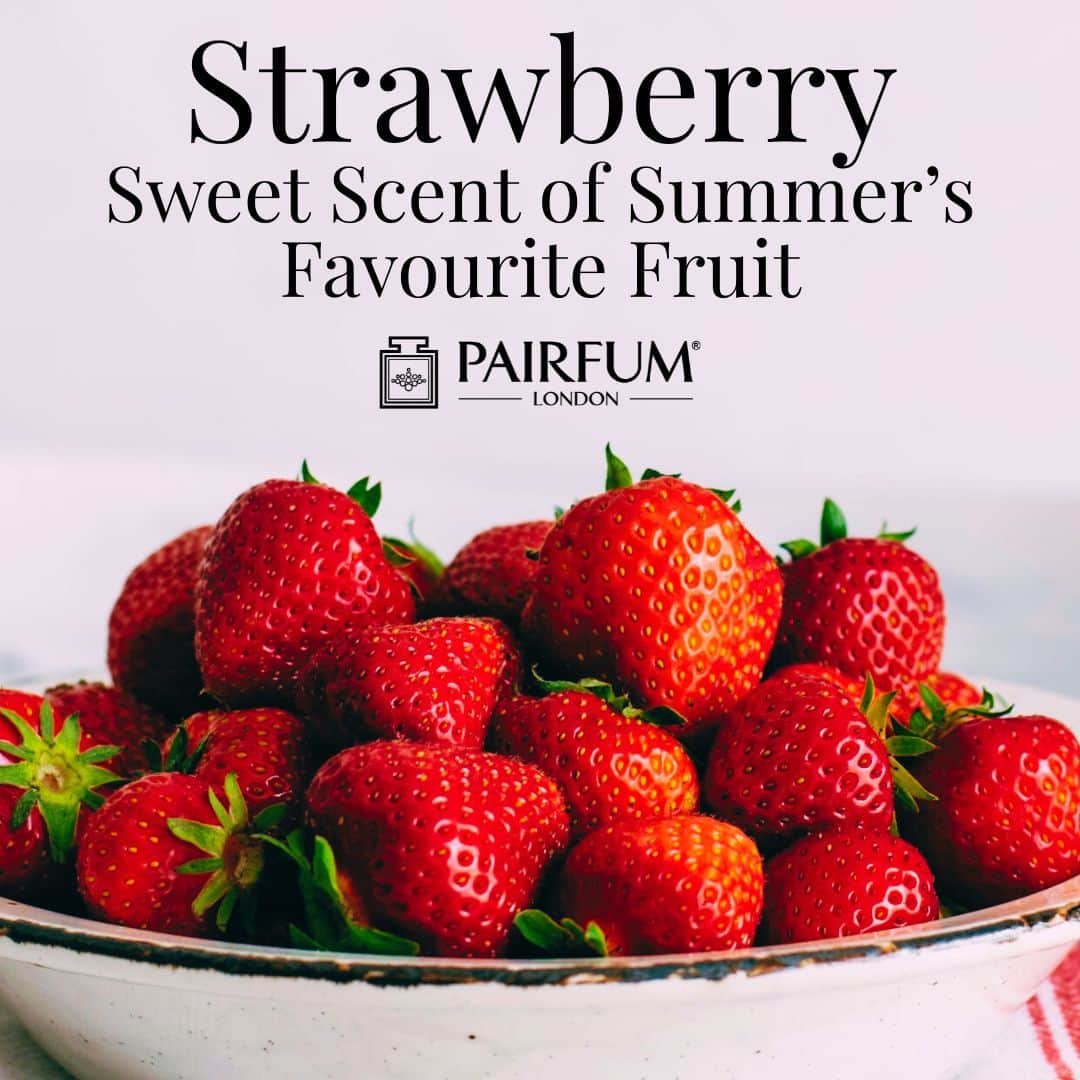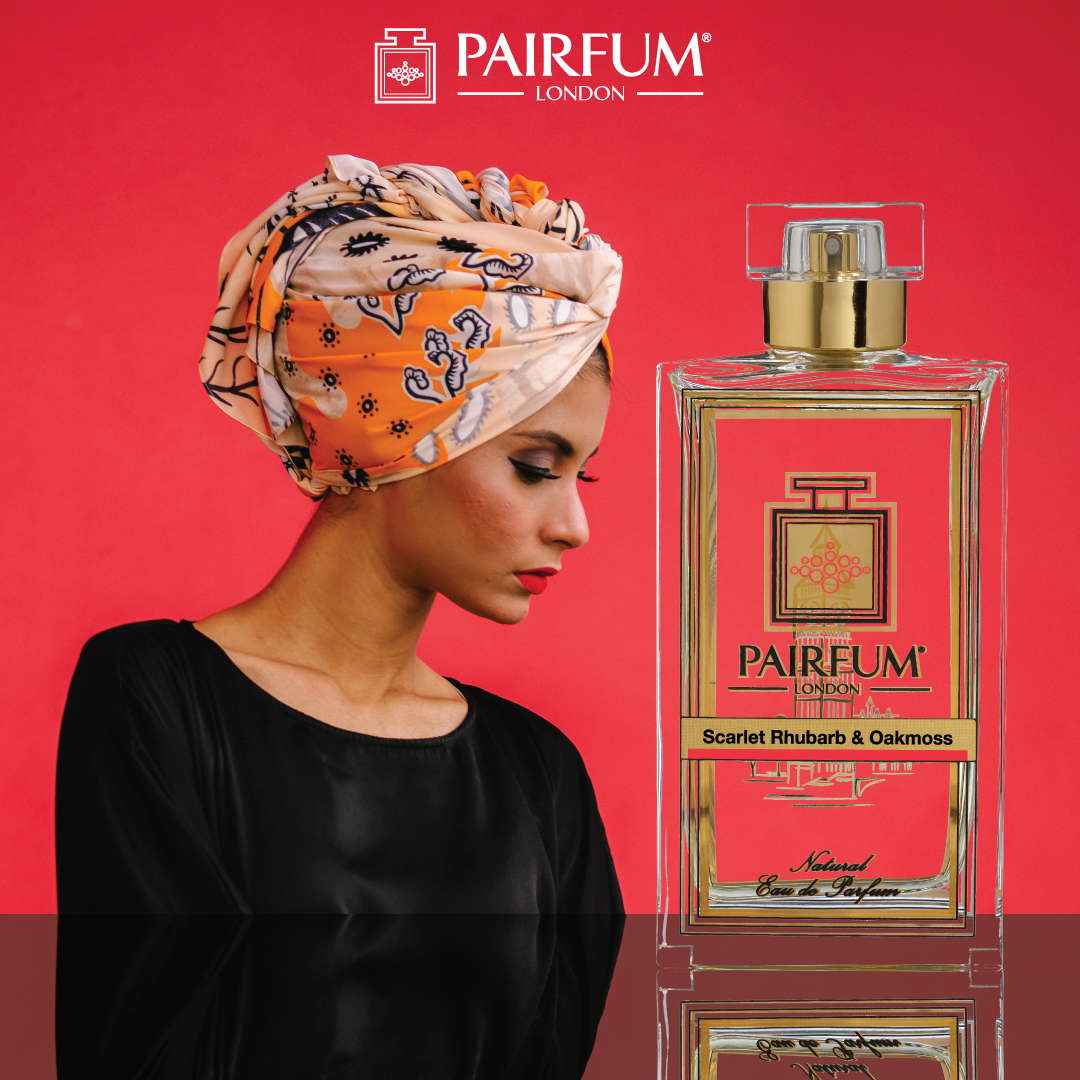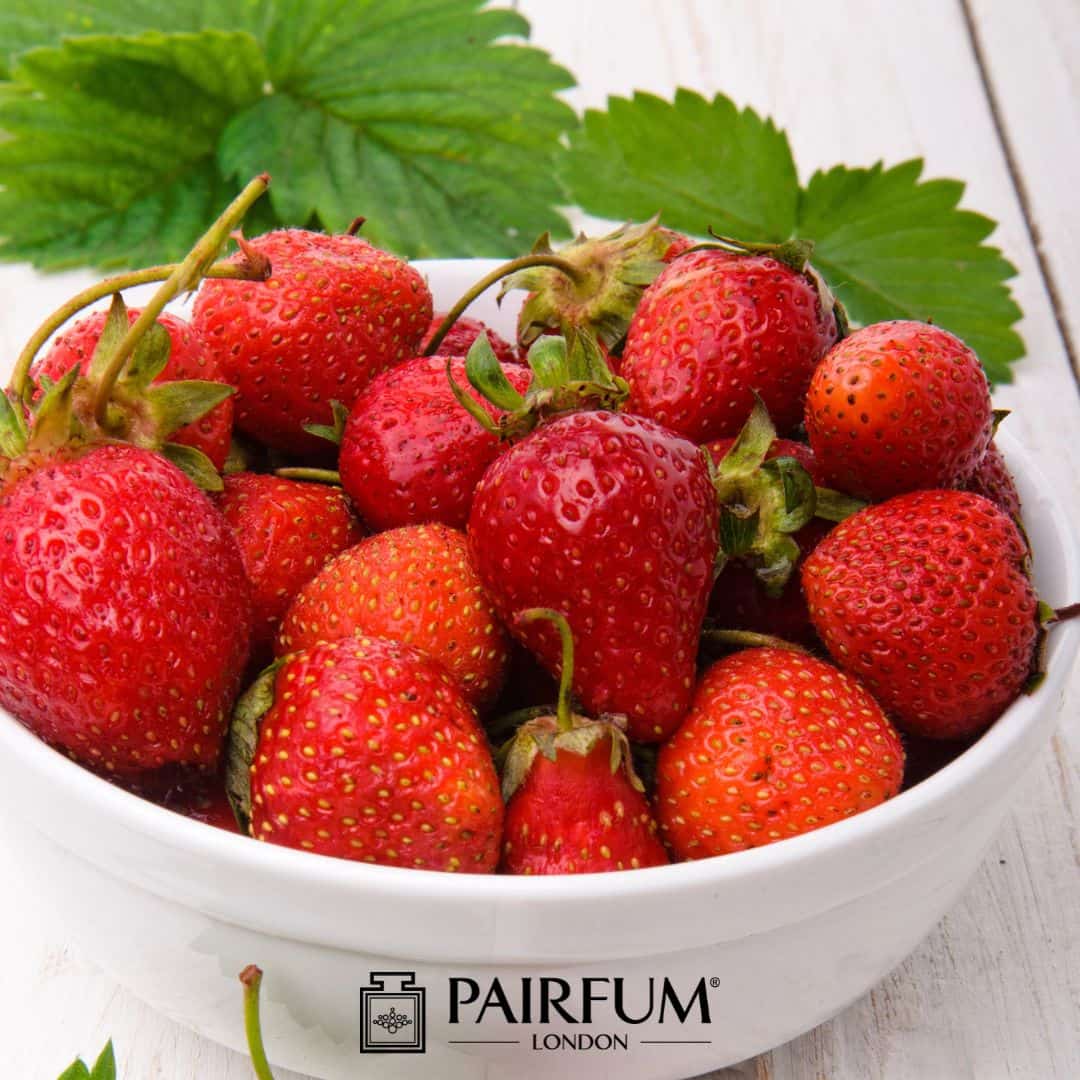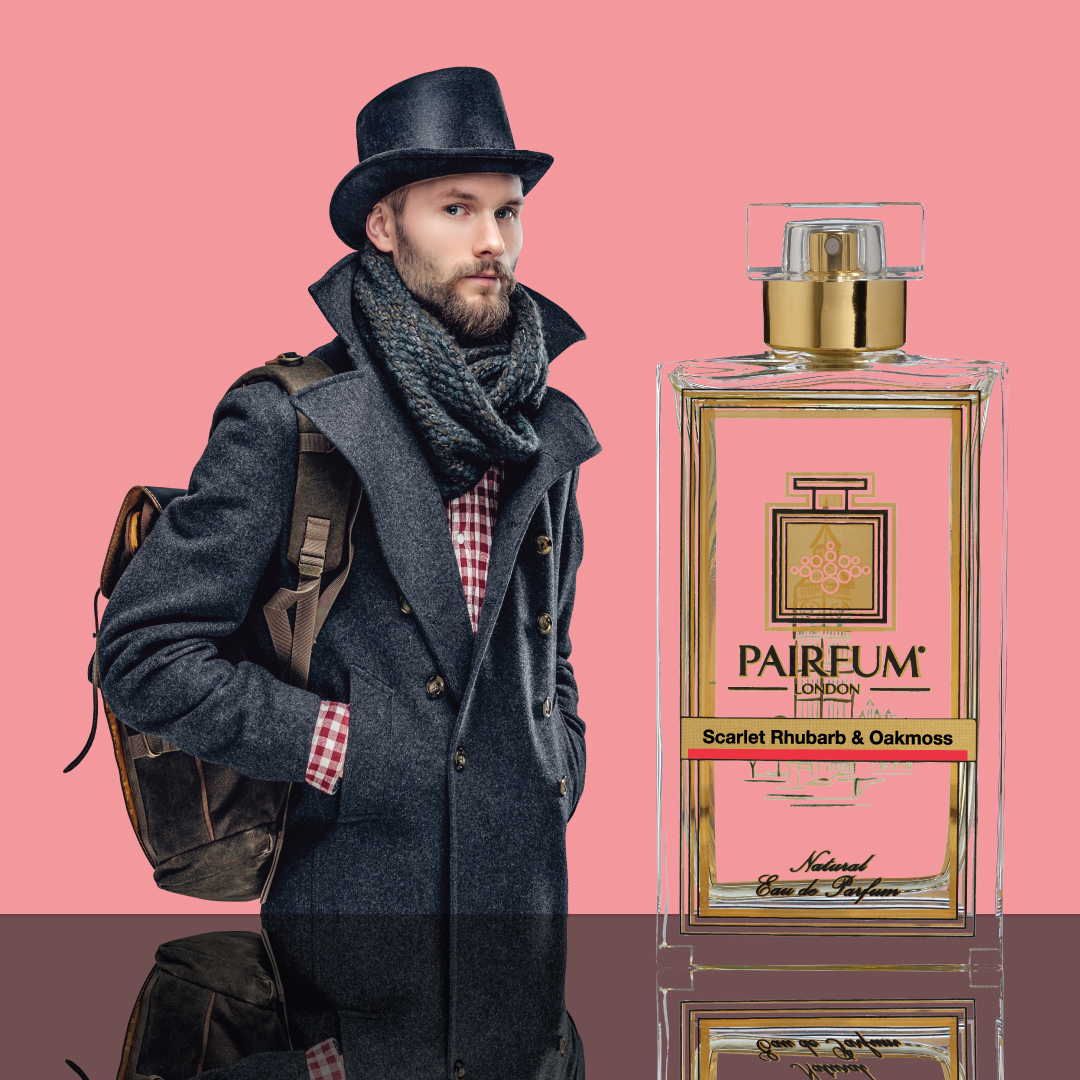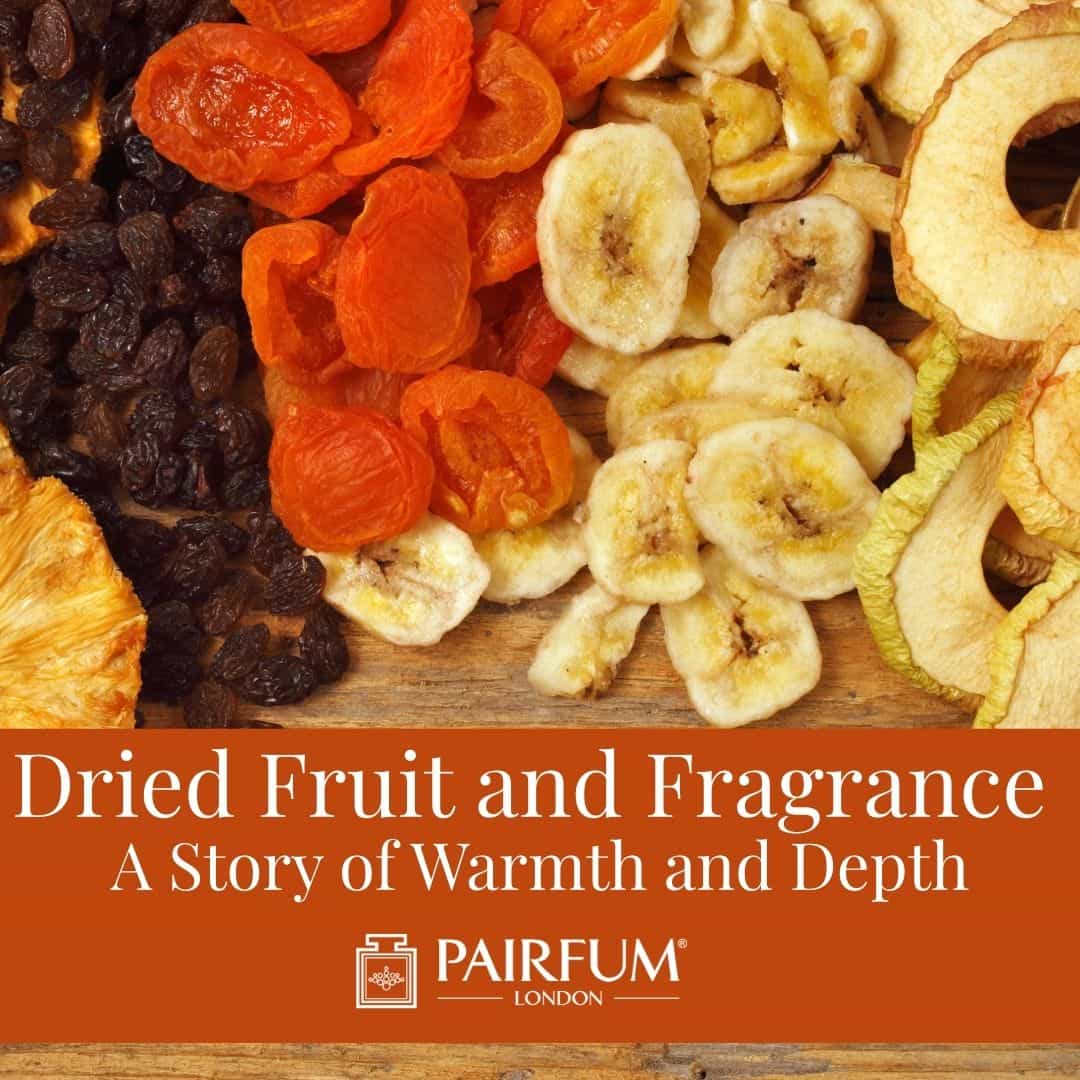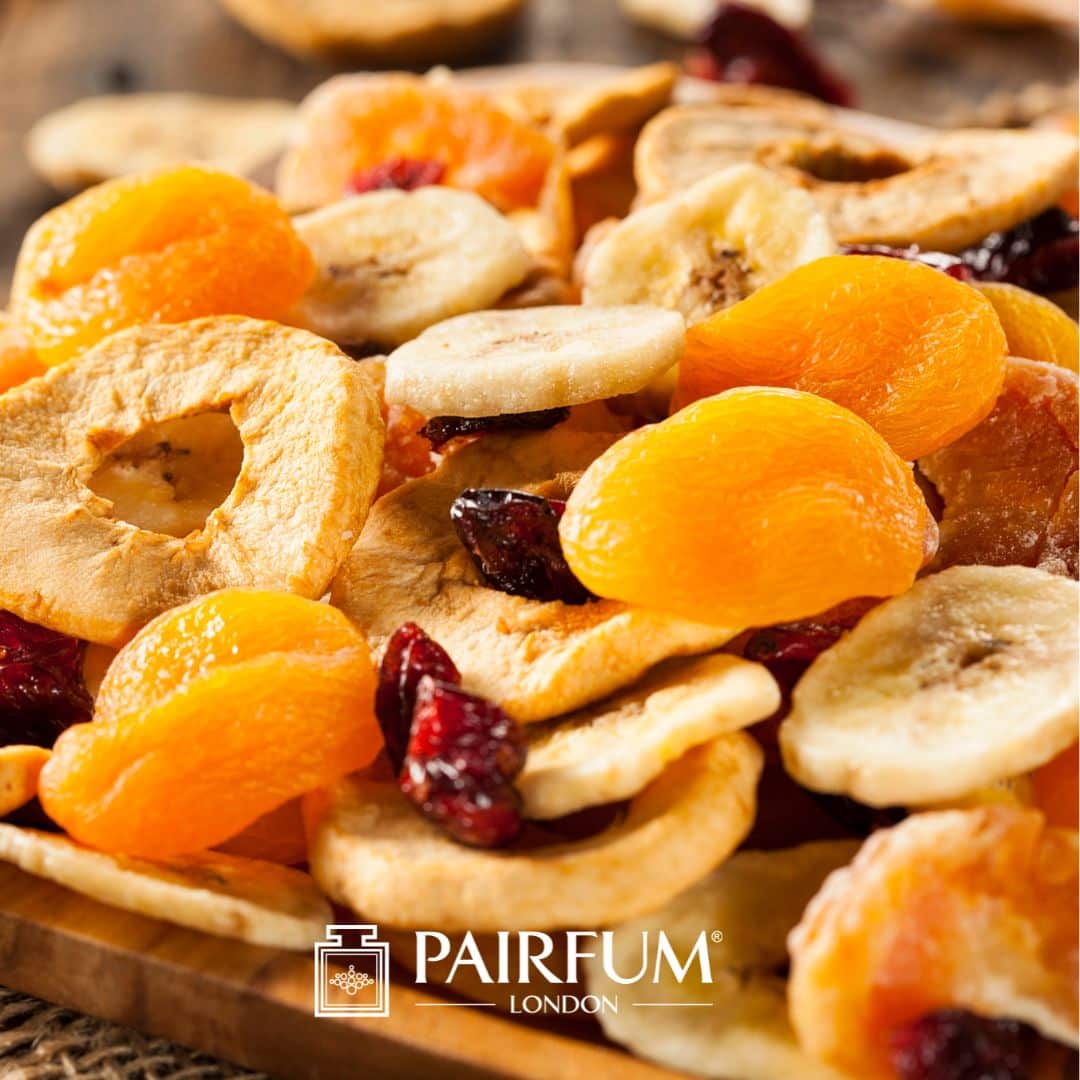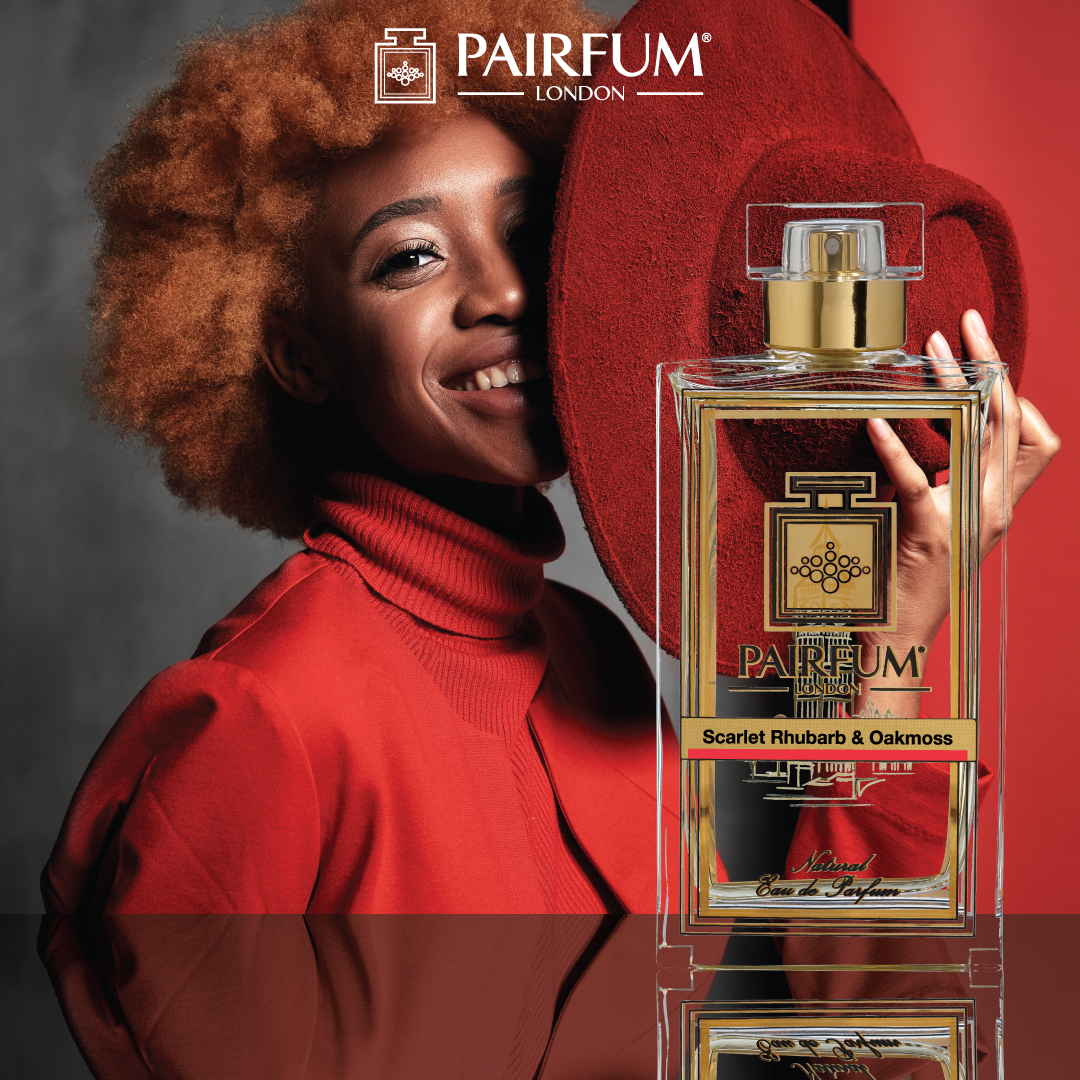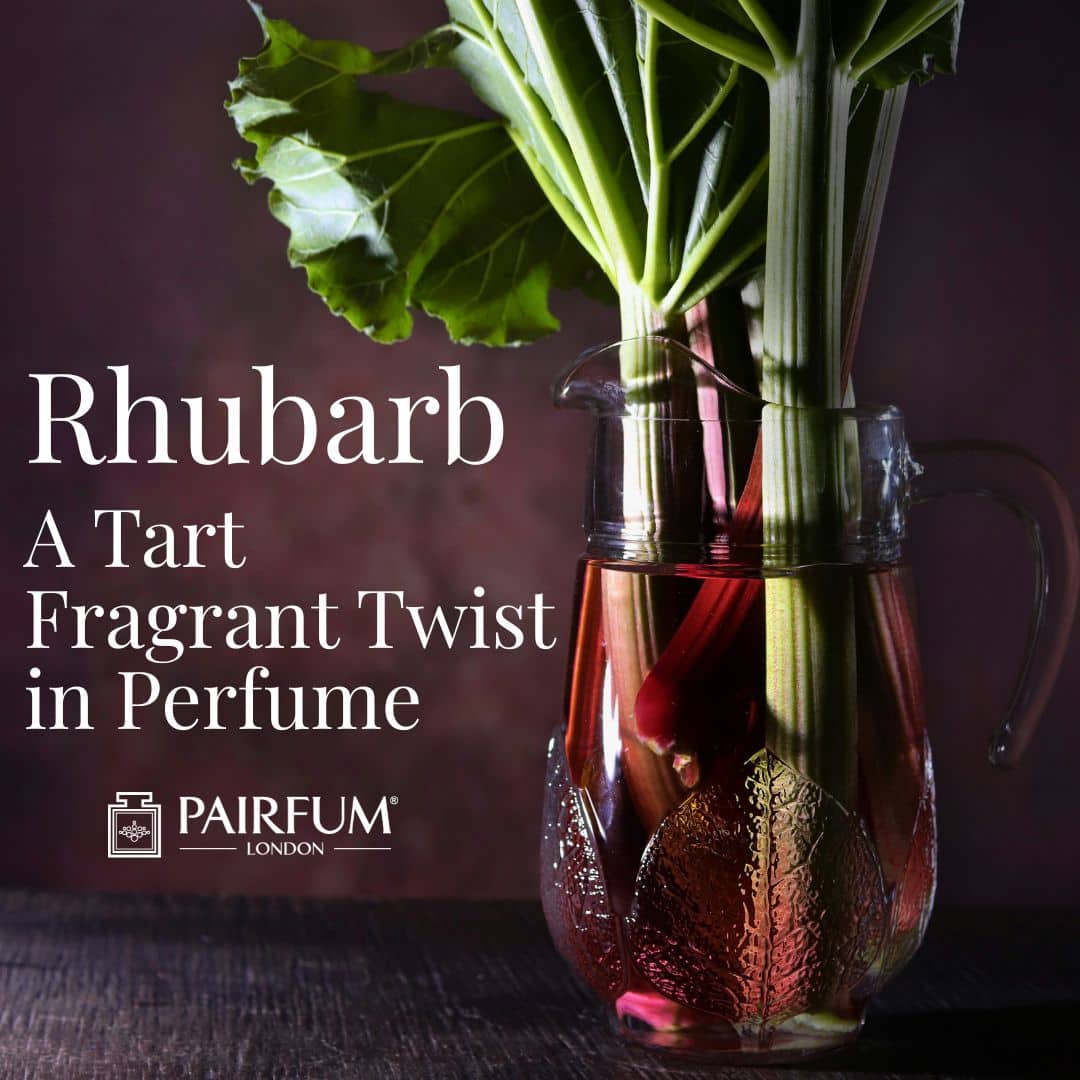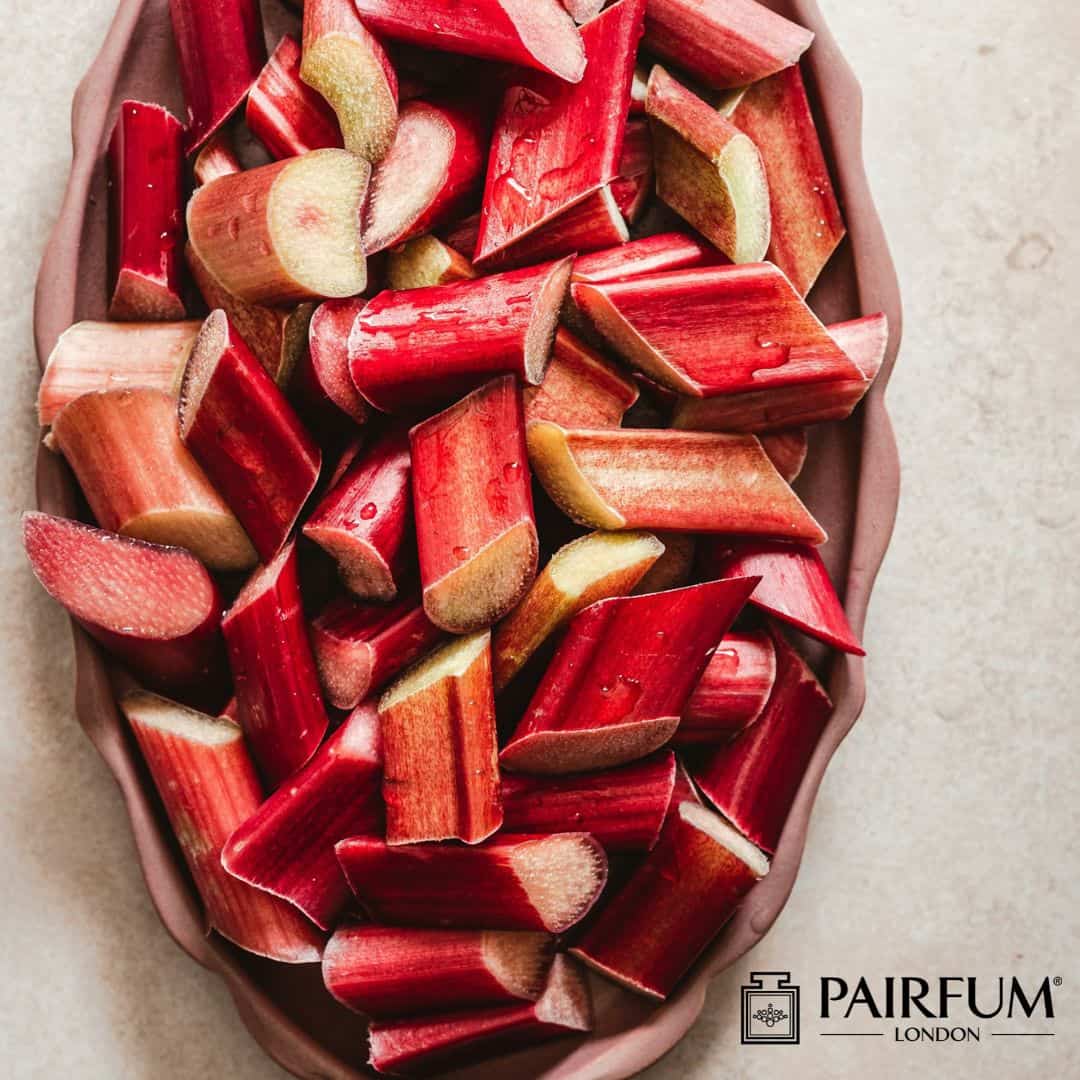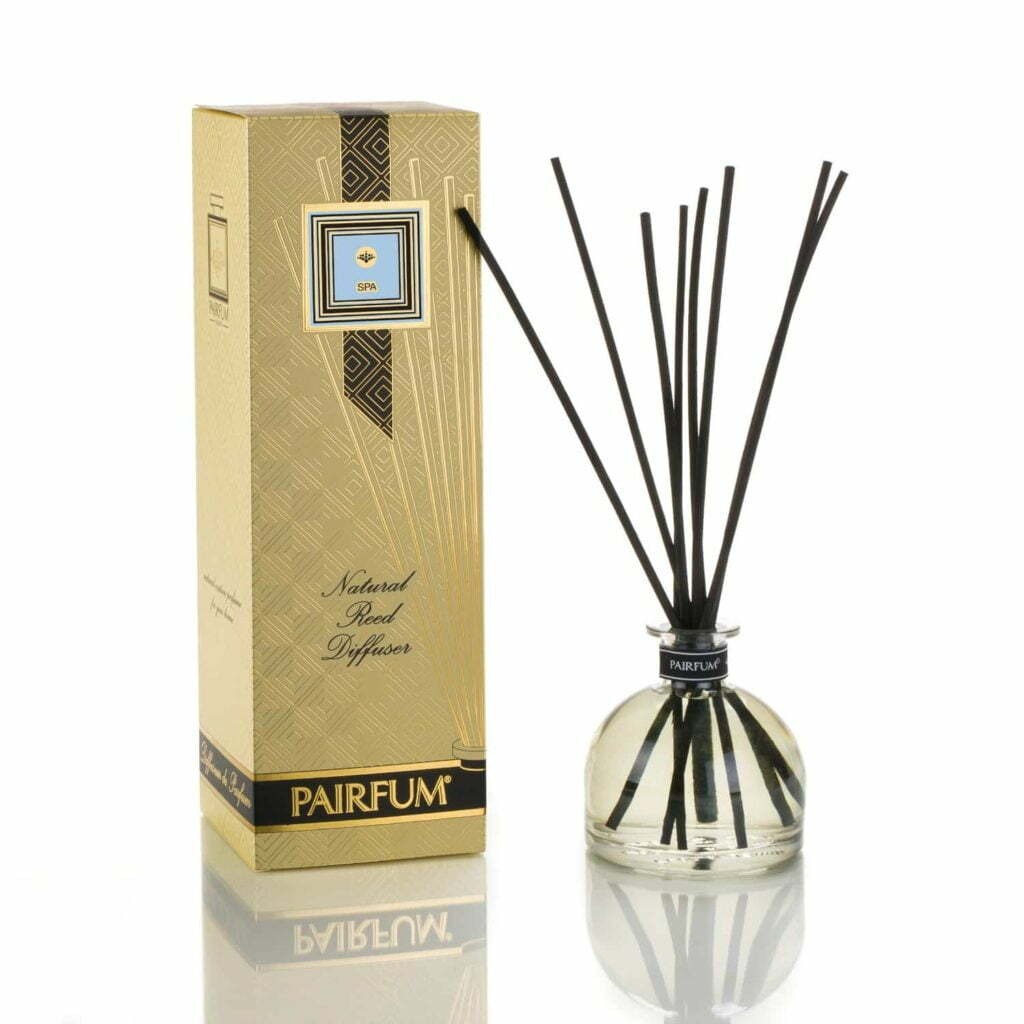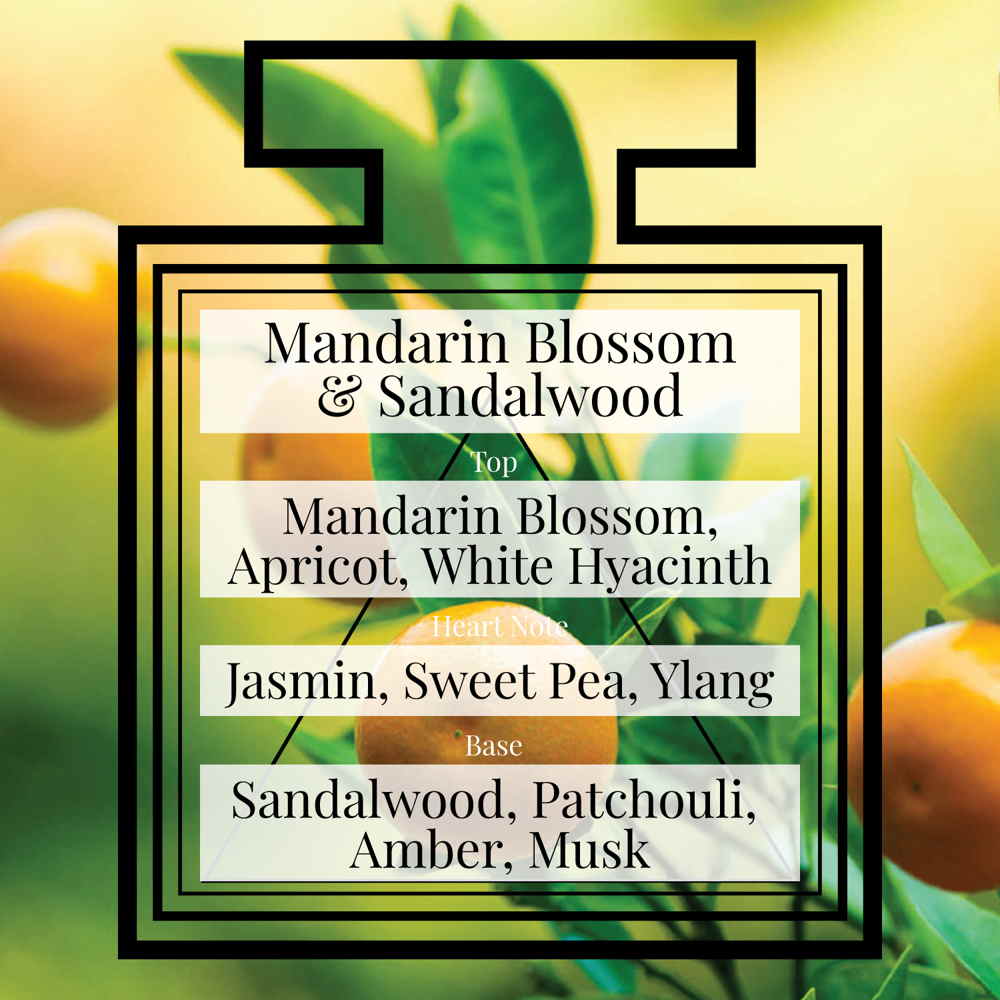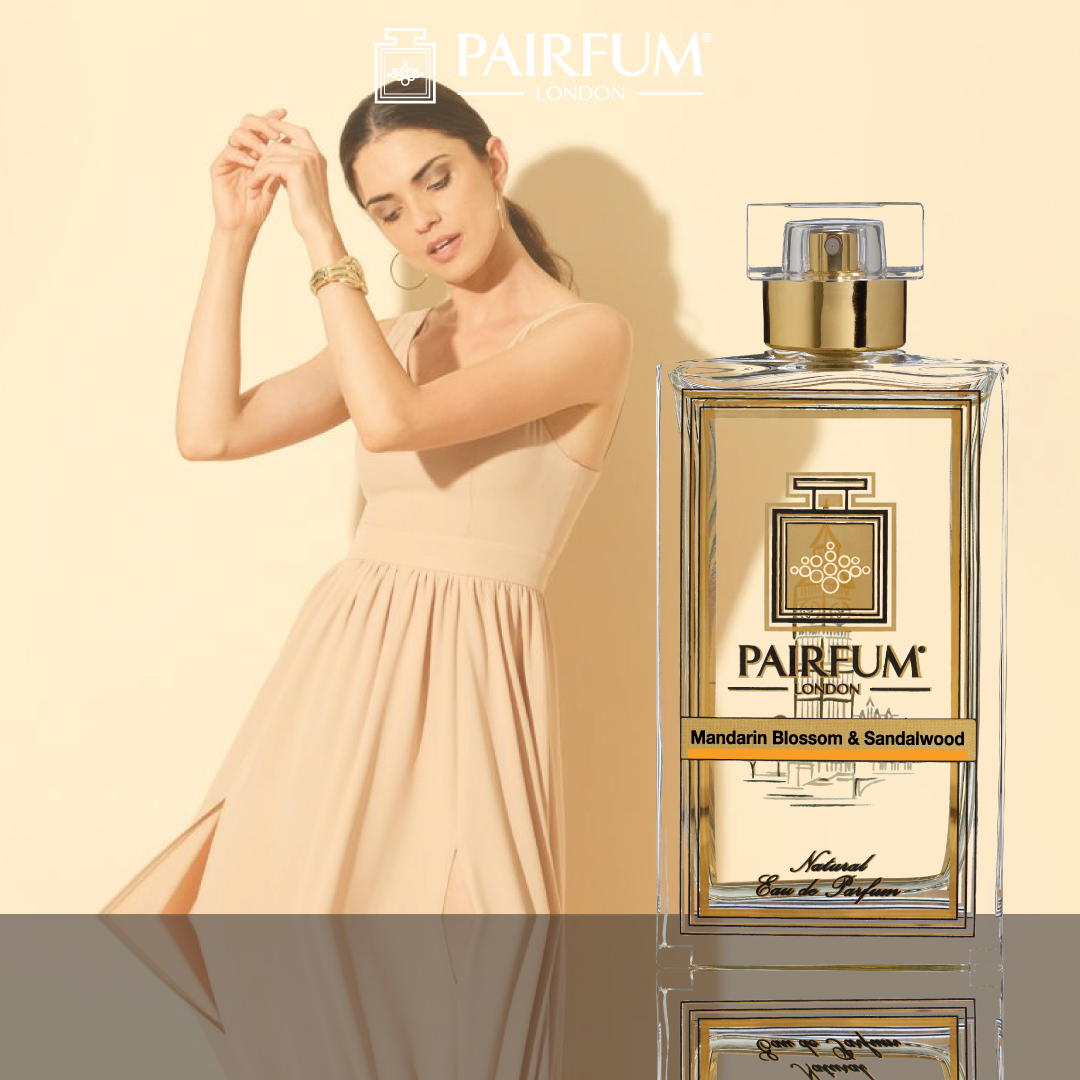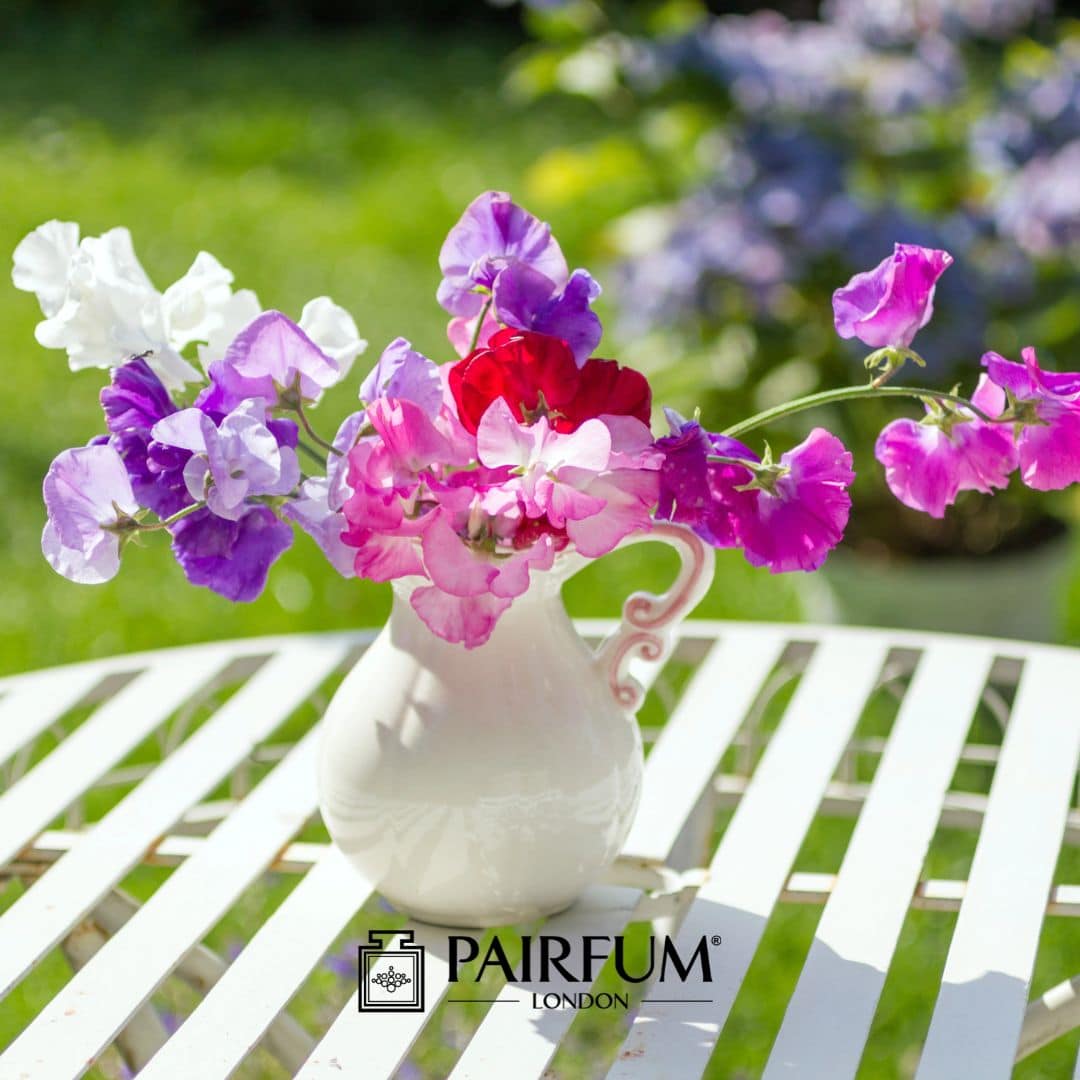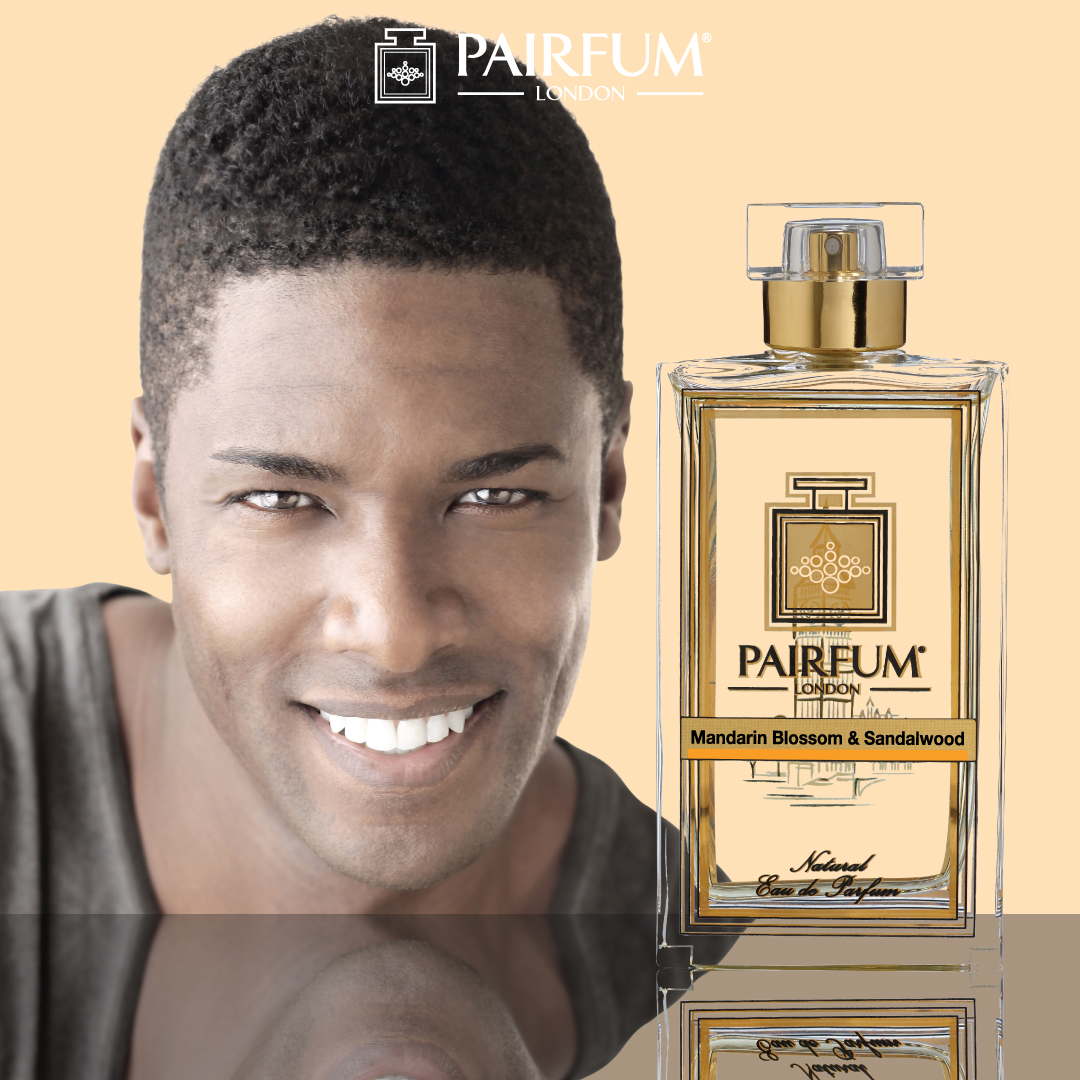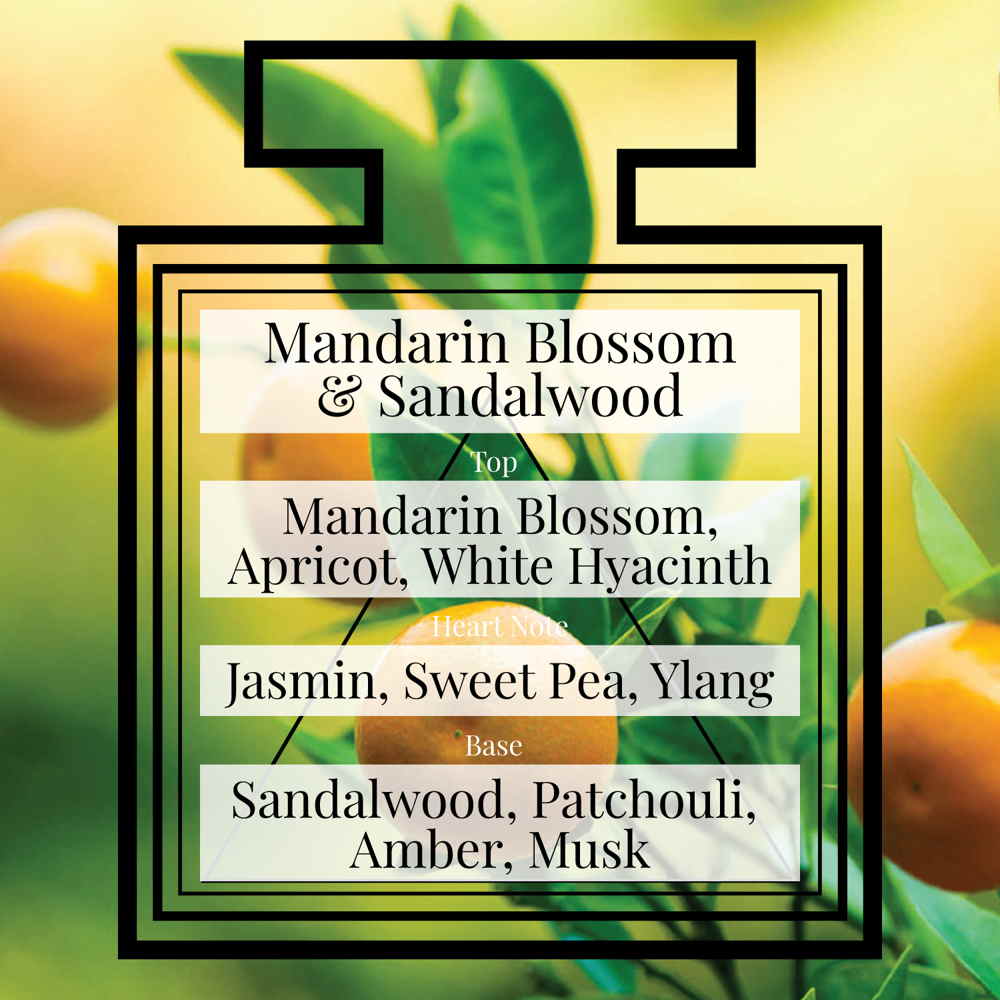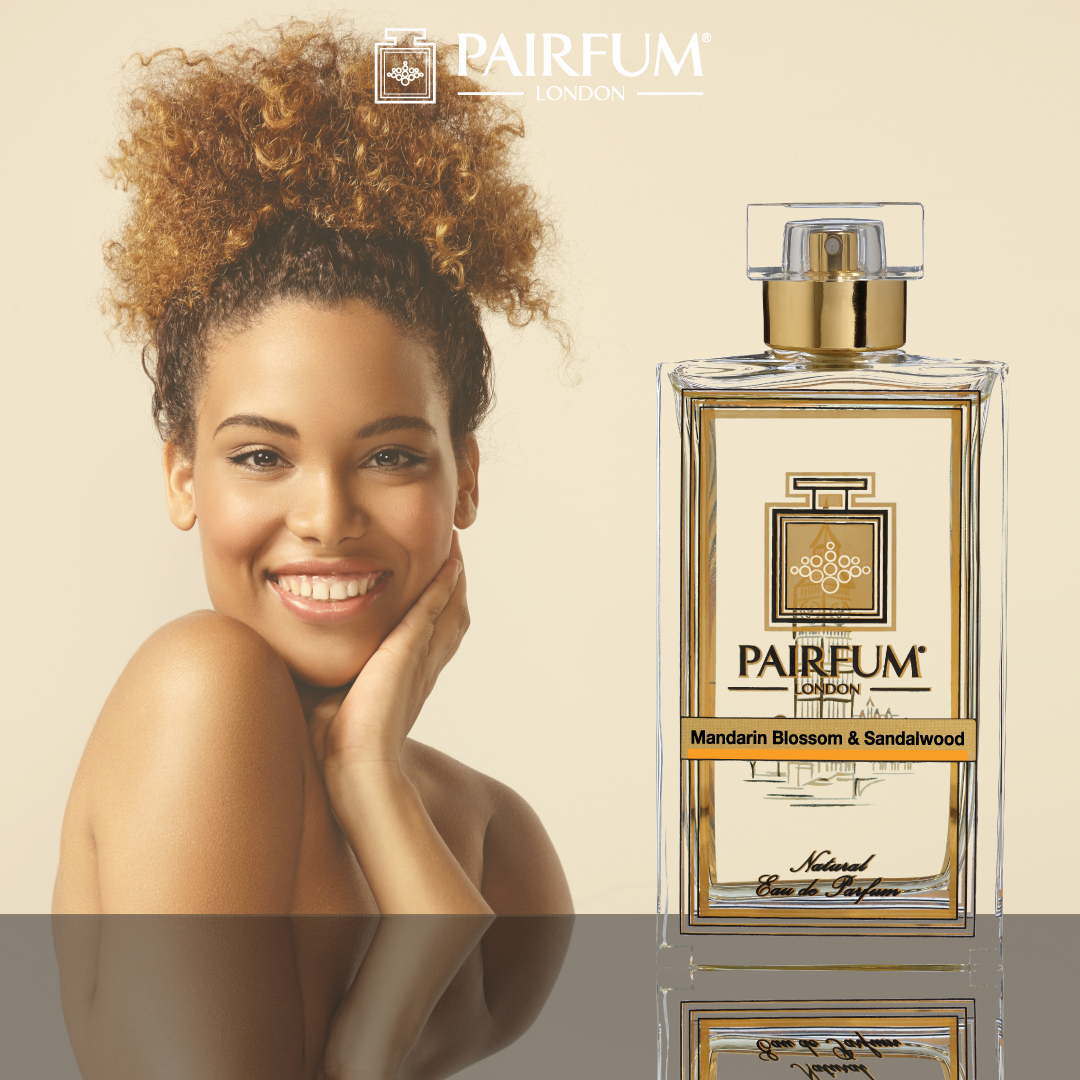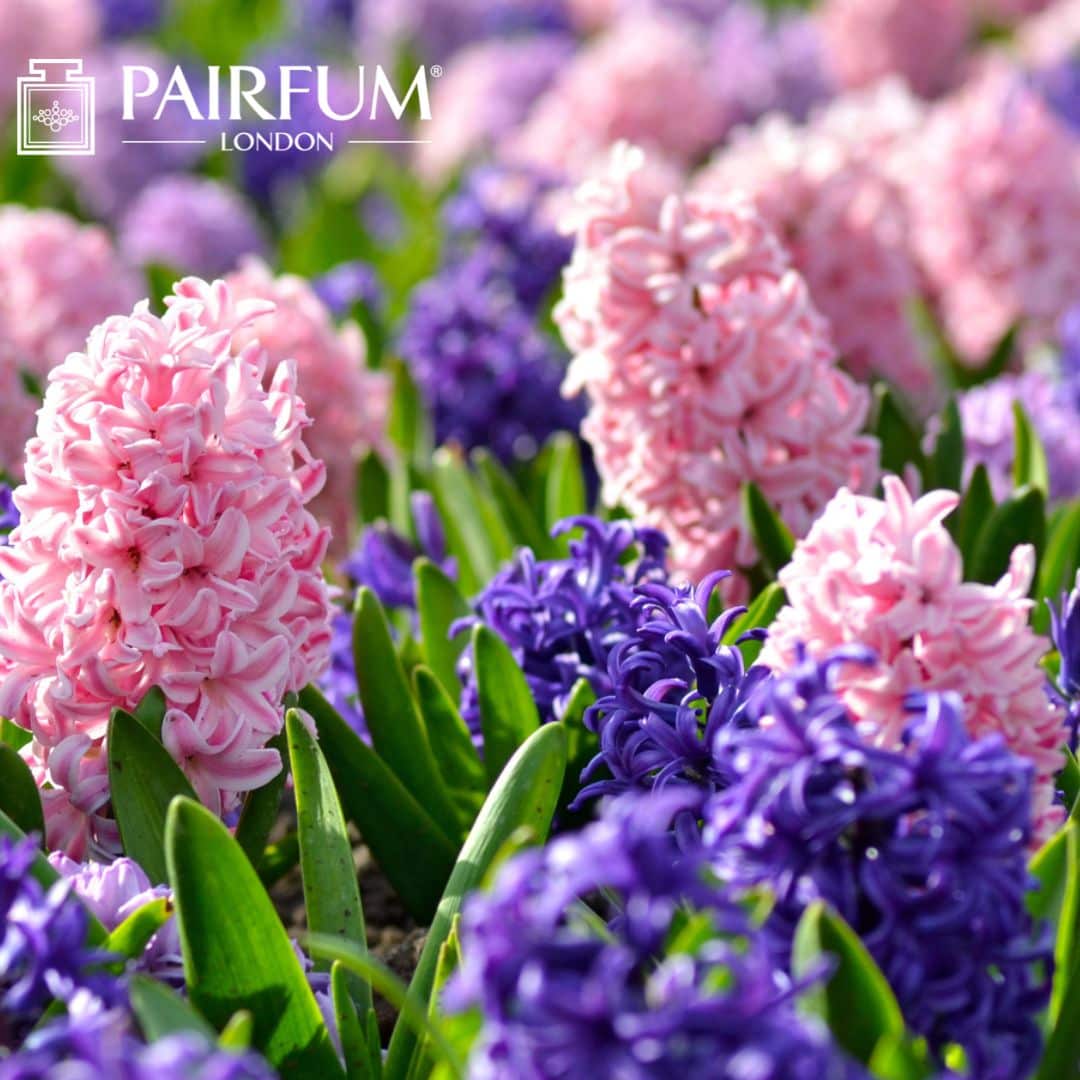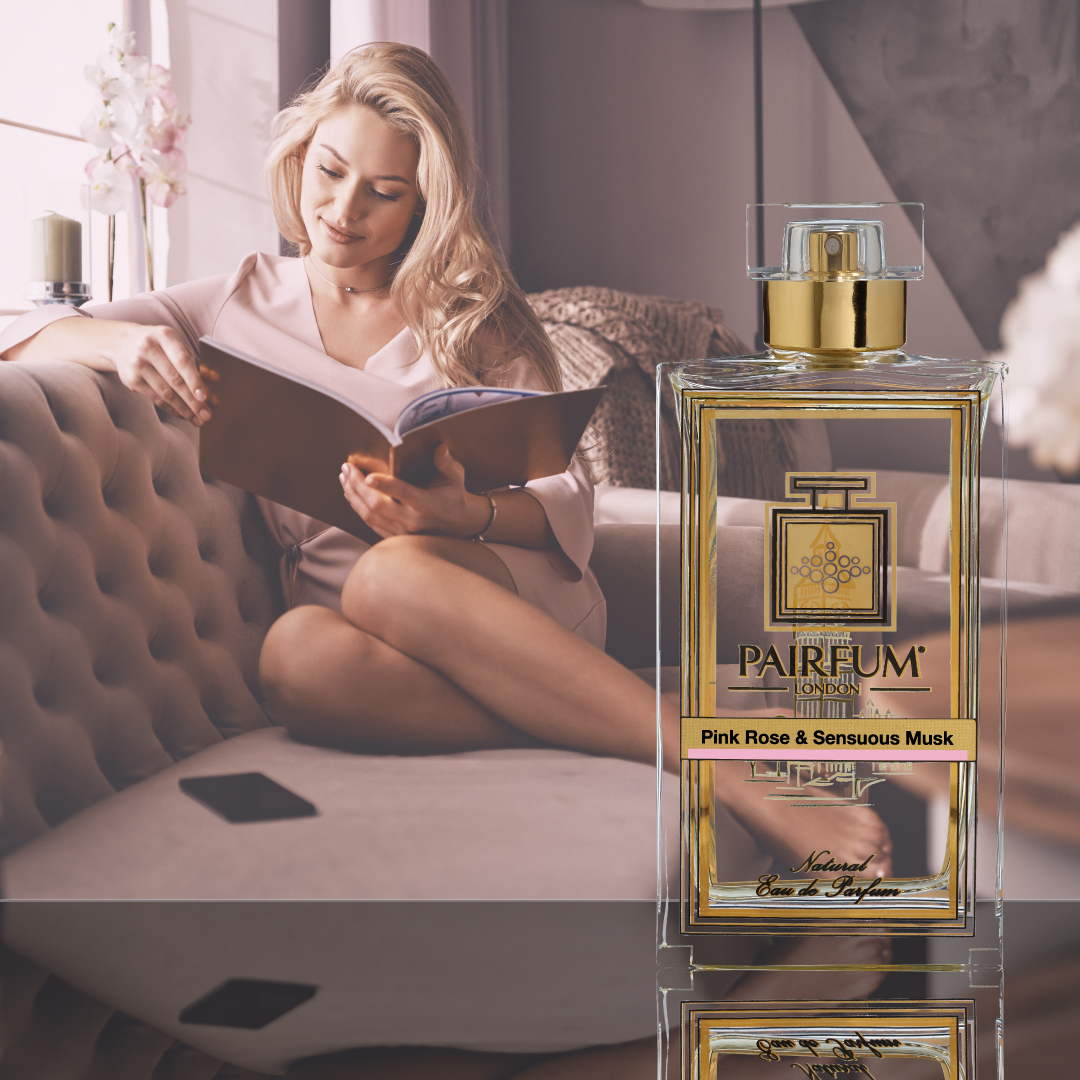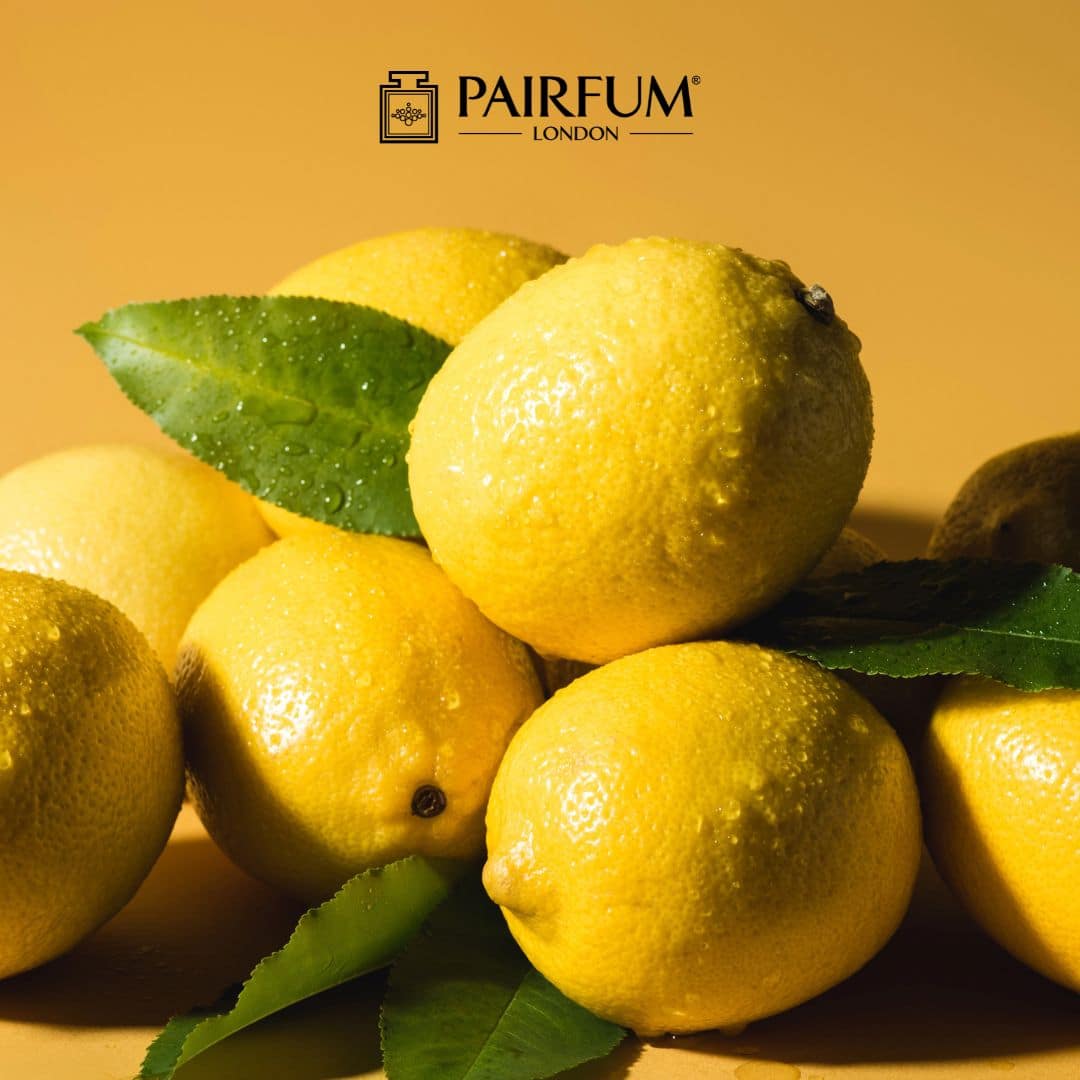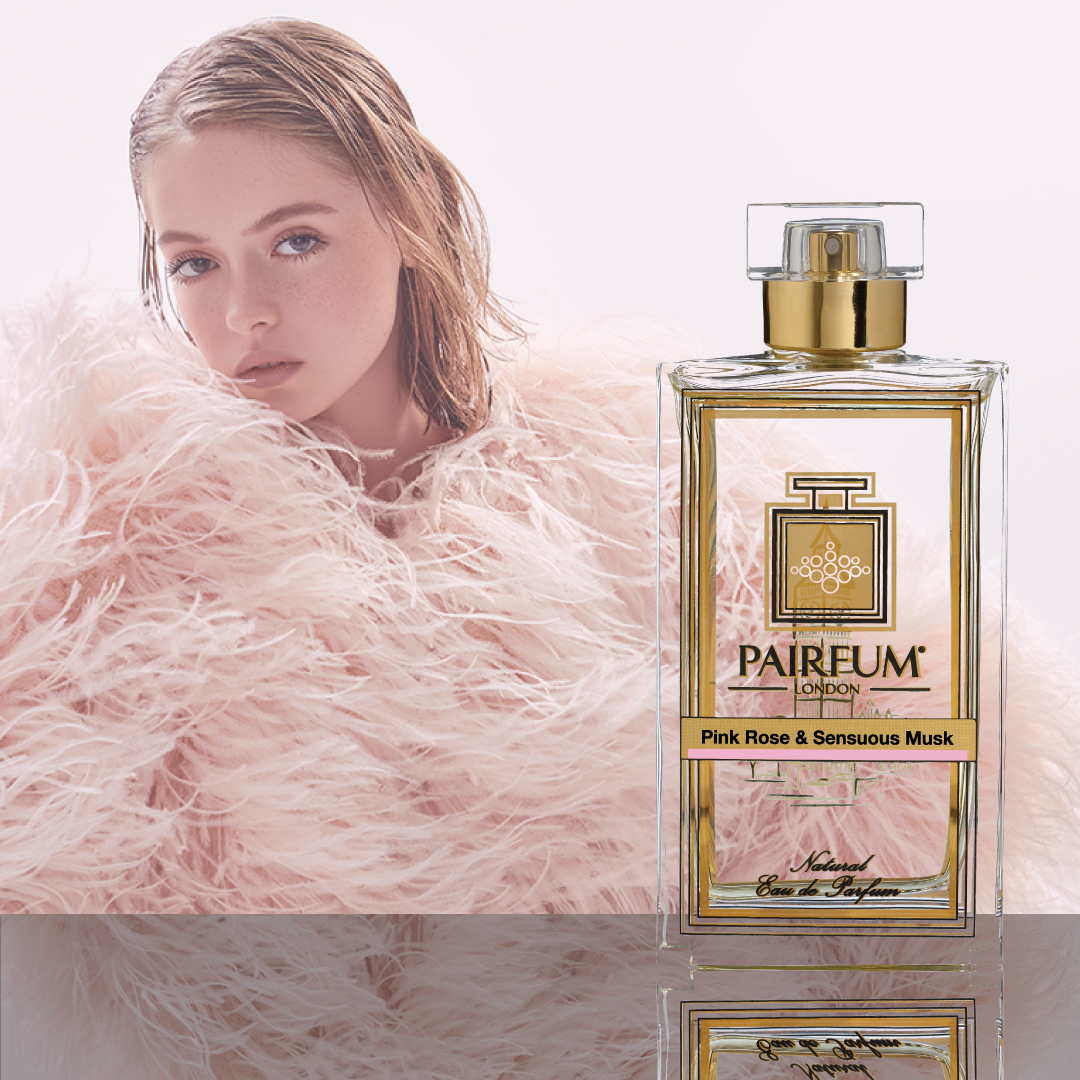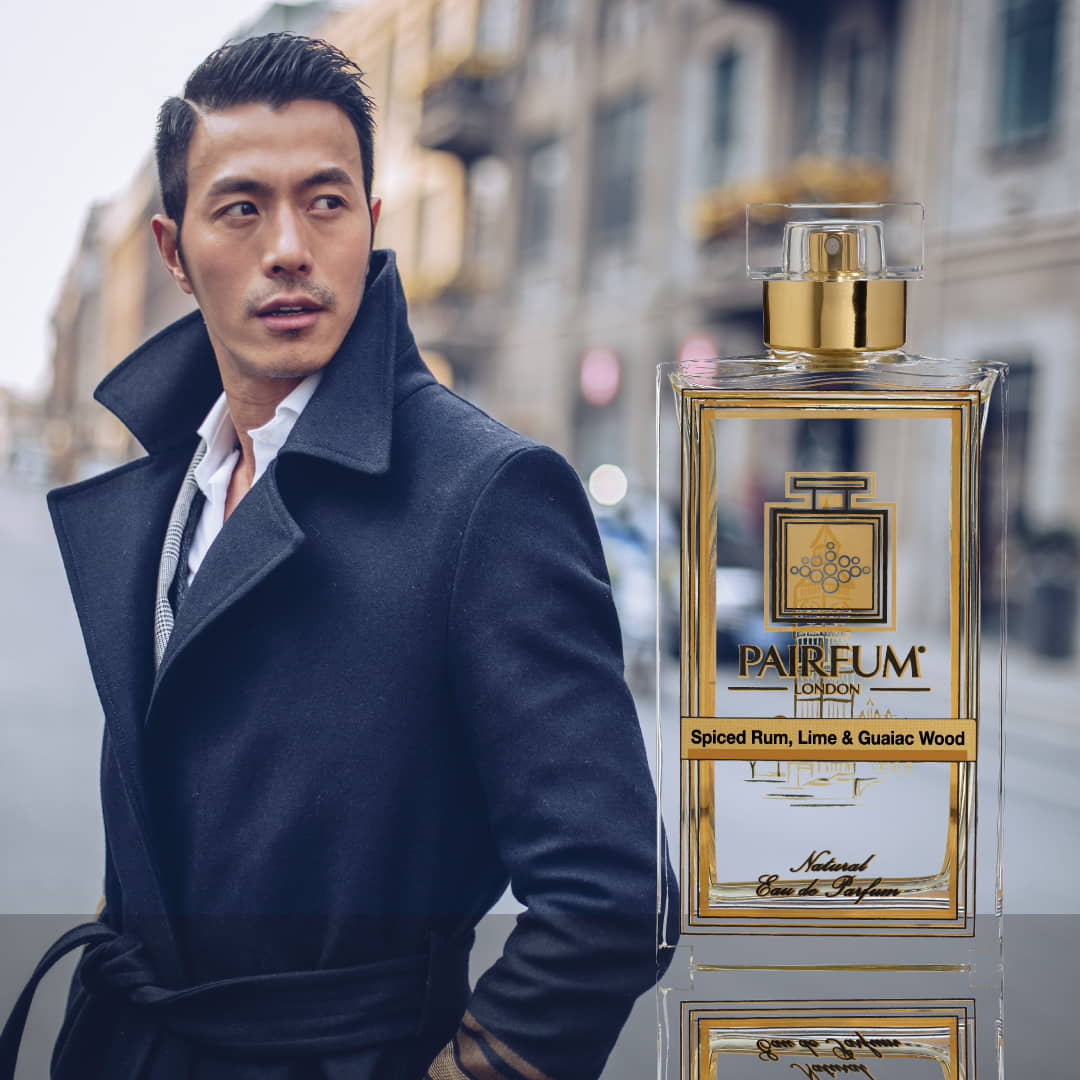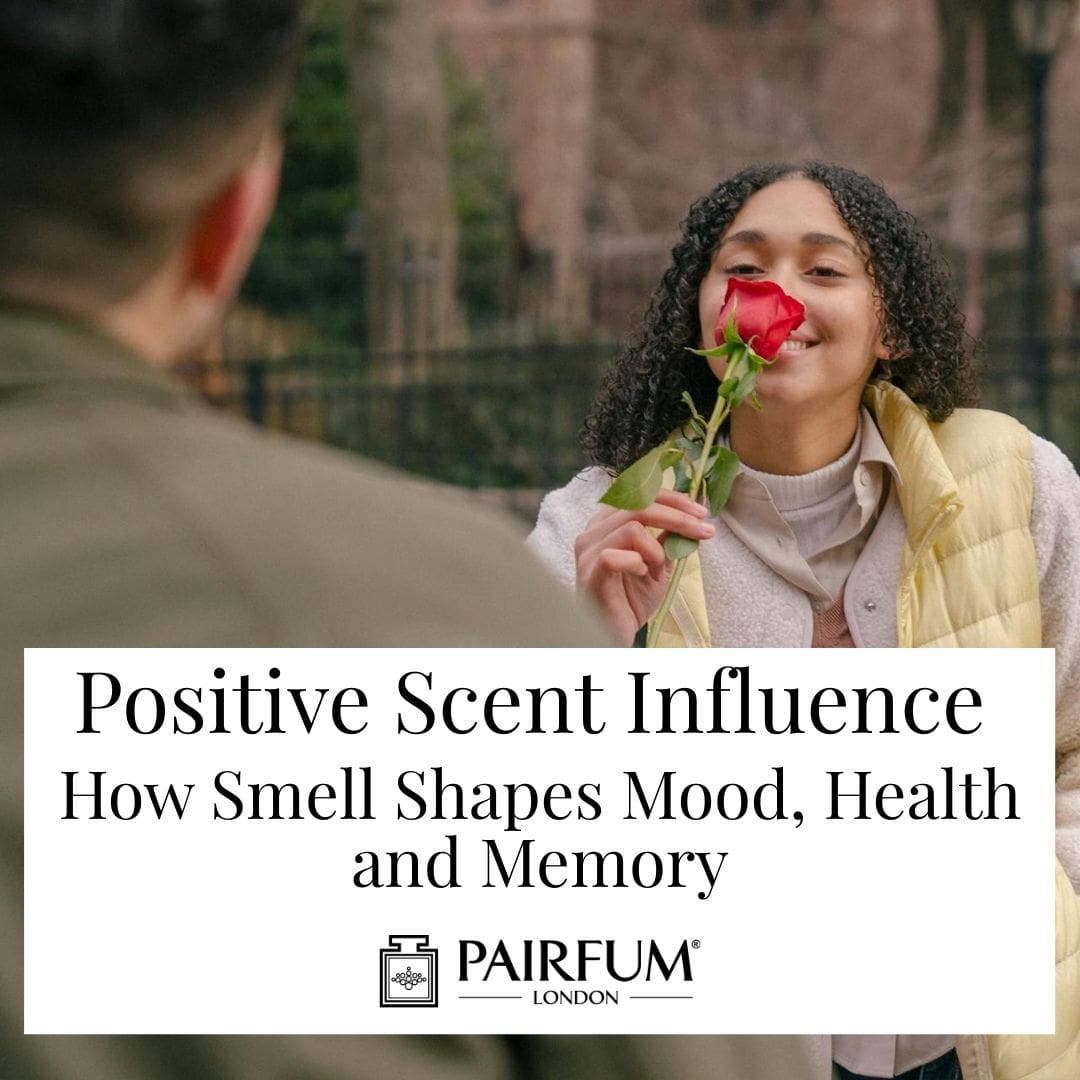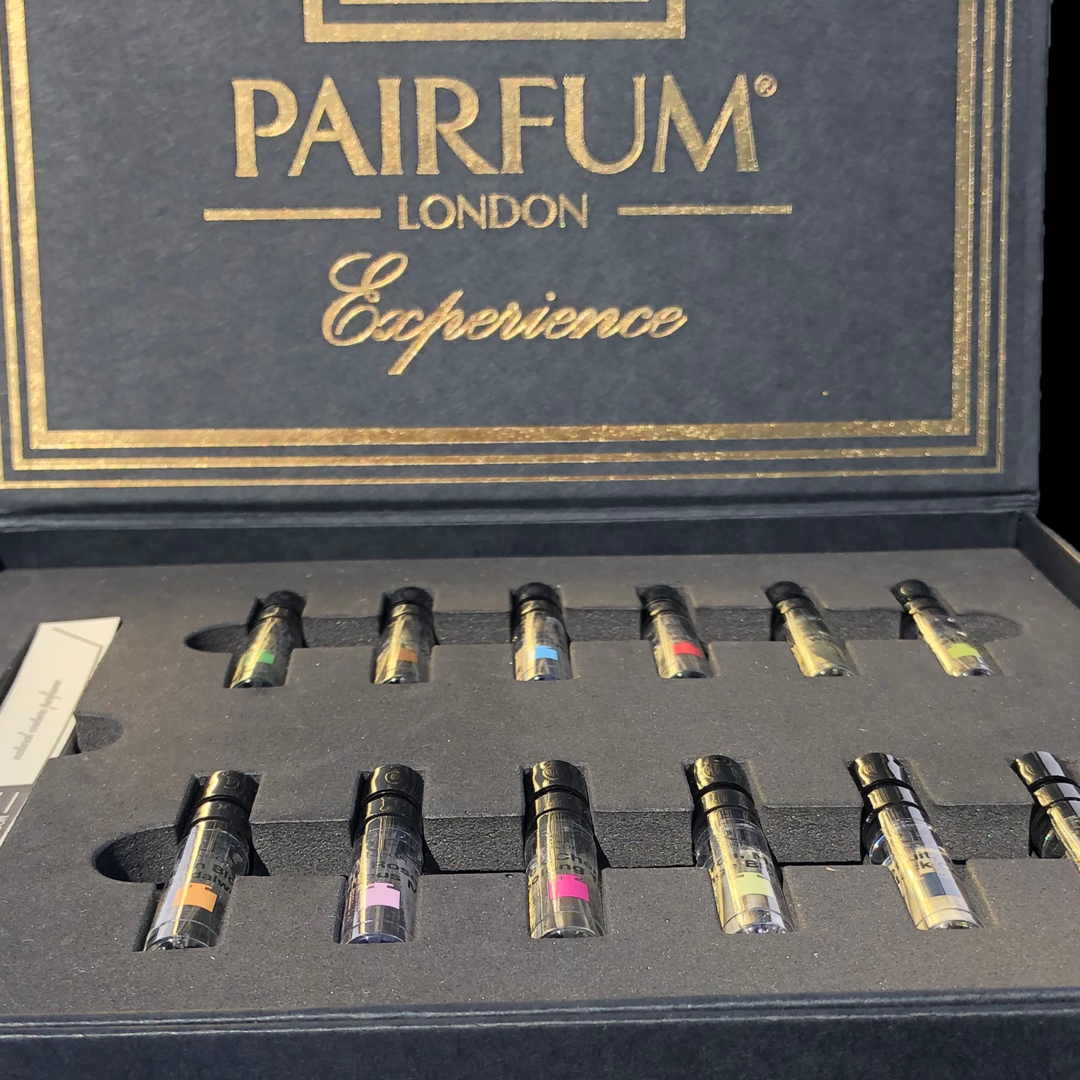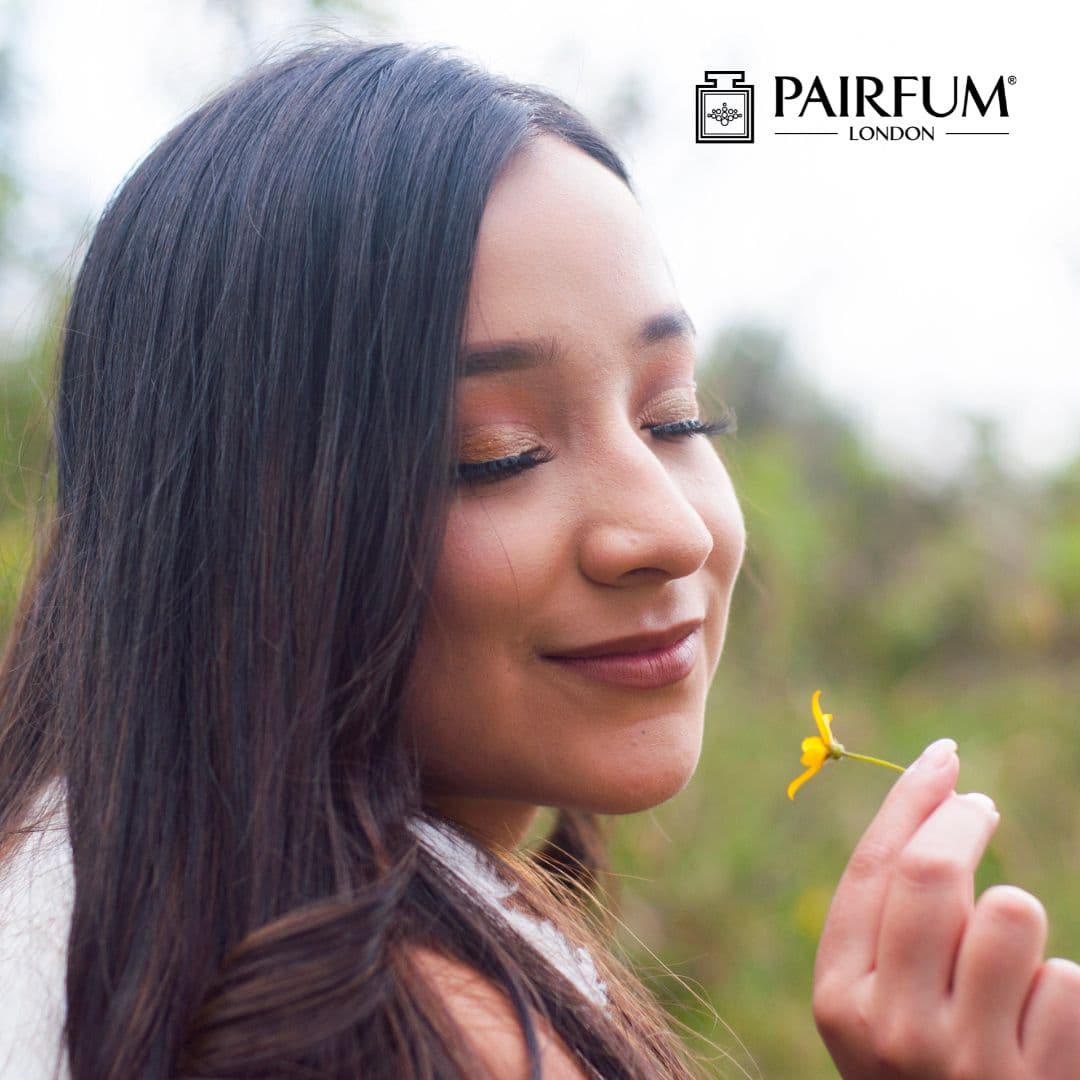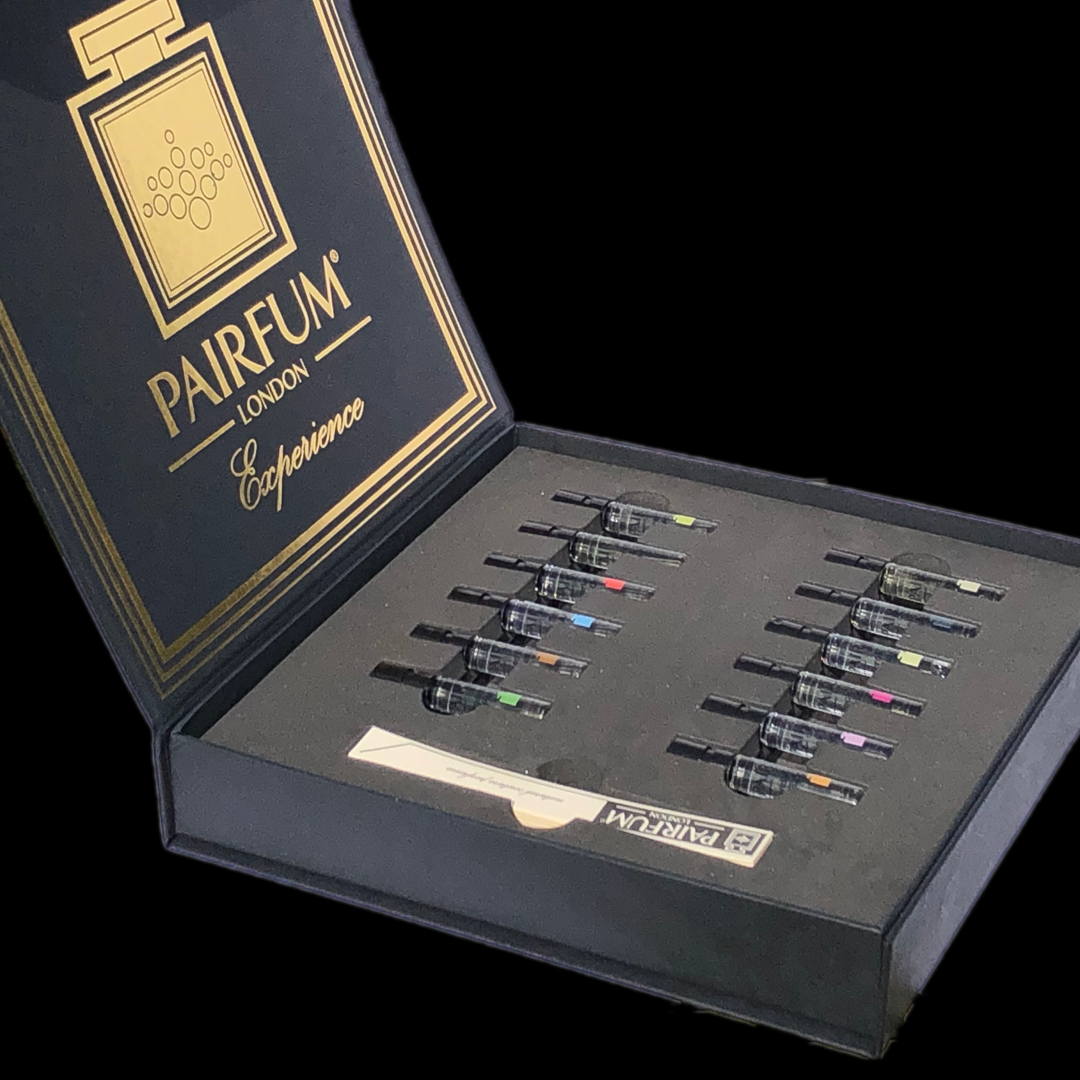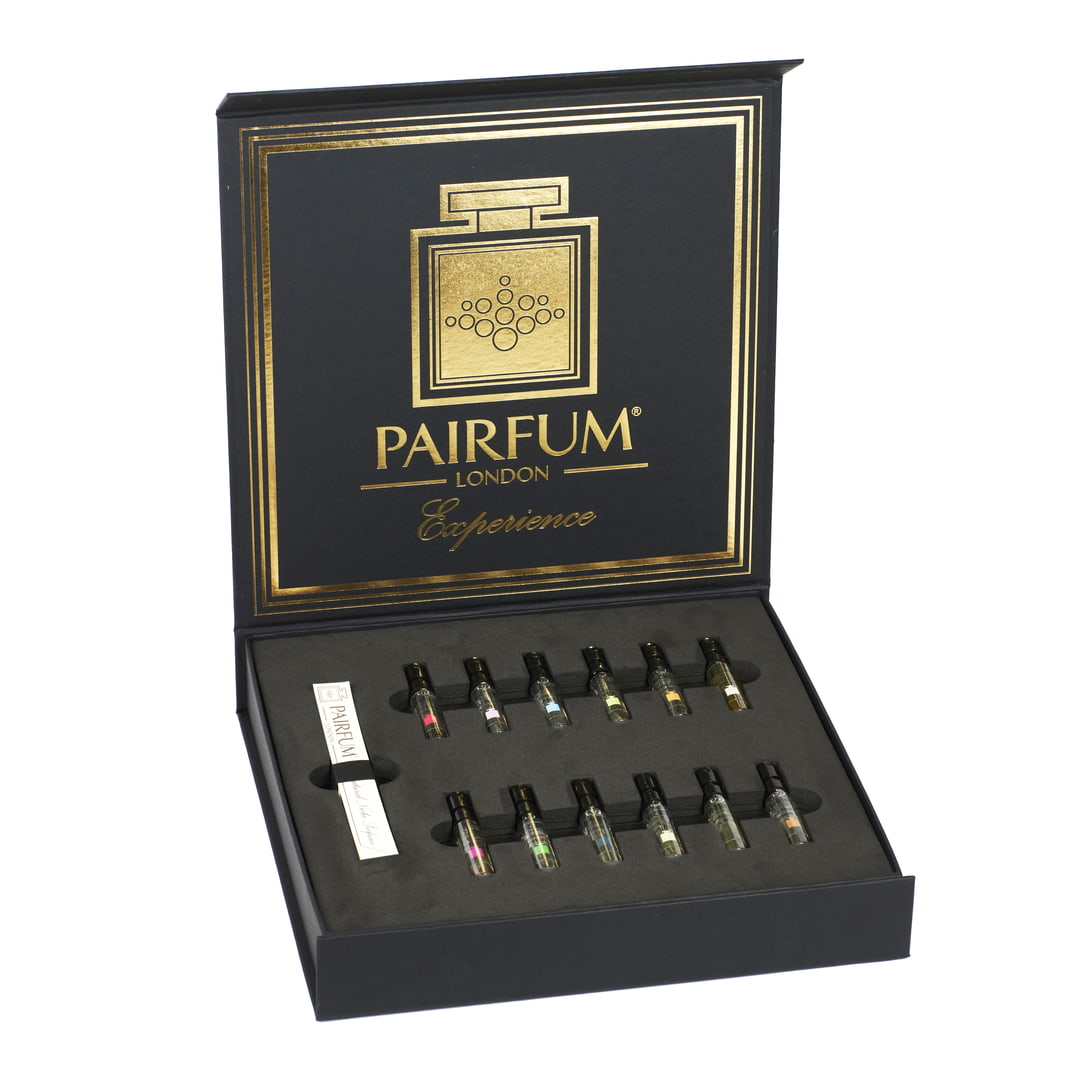Black cherry has long fascinated perfumers, botanists and those who encounter it in the wild. The fruit carries a rich, sweet yet tart quality that translates beautifully into fragrance, flavour and cultural significance. Known for its deep red to almost black fruit, the black cherry inspires associations of refinement, sensuality and depth.
Whether inhaled in a carefully crafted perfume, admired on a majestic cherry tree in bloom or savoured in food and drink, the black cherry retains a timeless appeal. To truly grasp its allure, it is helpful to understand not only its fragrance profile but also its roots in the natural world.
What is Black Cherry?
The black cherry, also known by its scientific name Prunus serotina, is a native deciduous tree of North America that belongs to the rose family (Rosaceae). It is the largest of the native cherries on the continent and can reach up to 30 metres tall when fully mature. The common name black cherry applies to the plant due to its dark-coloured fruit that ripens in late summer. It is sometimes referred to as rum cherry, wild cherry, mountain black cherry and even wild black cherry.
A young tree has smoother, paler bark, whereas the mature black cherry develops thick, black bark with scales that resemble burnt potato crisps. These changes make the black cherry tree easy to identify across seasons. Its leaf is simple, oval-shaped, finely toothed and has a glossy green surface, which turns yellow to red in late spring to early autumn. Black cherry leaves were historically used in some traditional remedies, particularly its inner bark which was brewed as an infusion.
The flower clusters of the black cherry emerge in early spring to late spring, bearing small white blossoms that attract pollinators including birds and bees. The berries that follow mature into a ripe black cherry in clusters during late summer. Although the black cherry fruit is bitter when eaten raw, it is enjoyed by many forms of wildlife and features prominently in food such as jams, syrups and flavourings for ice cream.
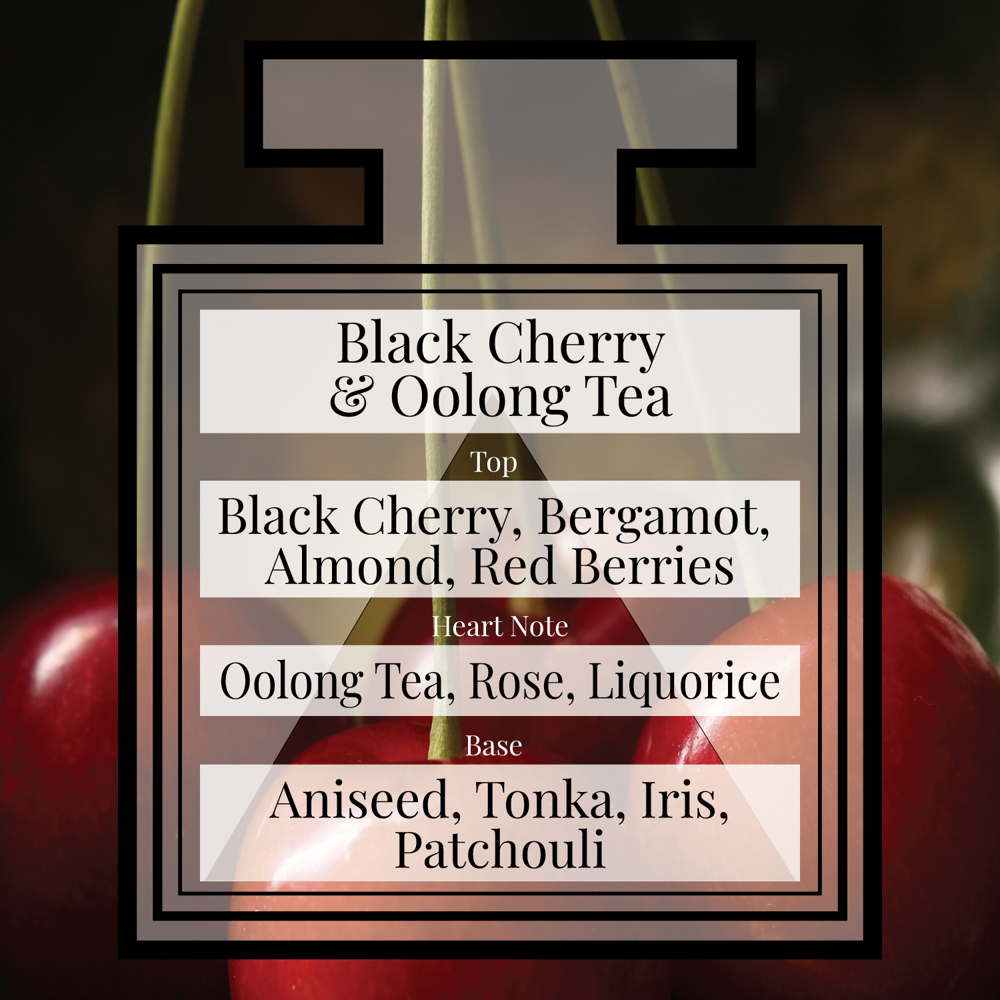
Ecology and Distribution
Wild black cherry trees grow widely across the eastern and central United States, extending into southern Canada and parts of Mexico. They prefer well-drained soils and can be found in woodlands, fields and along hedgerows. While the tree often flourishes in full sun, it tolerates partial shade which allows seedlings and saplings to establish beneath taller forest trees.
The fruits are cherished by countless species of birds, from thrushes to robins, which consume the cherries and spread the seed. Small mammals too feed on the black fruit, contributing to its natural propagation. For this reason, the black cherry plays an essential ecological role in forest communities.
The mature tree is valued not only for its fruit but also for its wood. Cherry wood from black cherry is considered among the finest American hardwoods, prized for cabinetry, furniture and instruments. The wood of the mature black cherry has a reddish hue that deepens with age, making it as beautiful as it is durable.
Cultural Uses of Black Cherry
Indigenous communities in North America used various parts of the black cherry, from the inner bark to the leaf, in medicinal preparations such as cough remedies. Early settlers later discovered its versatility in tonics and food flavourings. The sharp but distinctive taste of the fruit evolved into its frequent use in preserves and desserts, with ice cream and liqueurs being classic examples where the black cherry taste shines.
In ornamental horticulture, black cherry also has its place. The Royal Horticultural Society describes the species as attractive yet challenging because of its tendency to naturalise aggressively in non-native regions. Still, in its homeland it is often admired as a shade tree with sweeping form and aromatic spring blossoms.
The Aroma Profile
The scent of black cherry in perfumery is multidimensional. Its aroma balances sweetness and tartness, with echoes of almond, marzipan, vanilla and wine-like richness. Some describe a faint chocolate nuance in the background. This broad aroma palette explains why perfumers continually return to the fruit when they want to craft fragrances that are both lively and sensual.
Interpreting the black cherry note can produce varying results: playful when leaning toward sugar, sophisticated when embracing tartness, or grounding when balanced between the two.
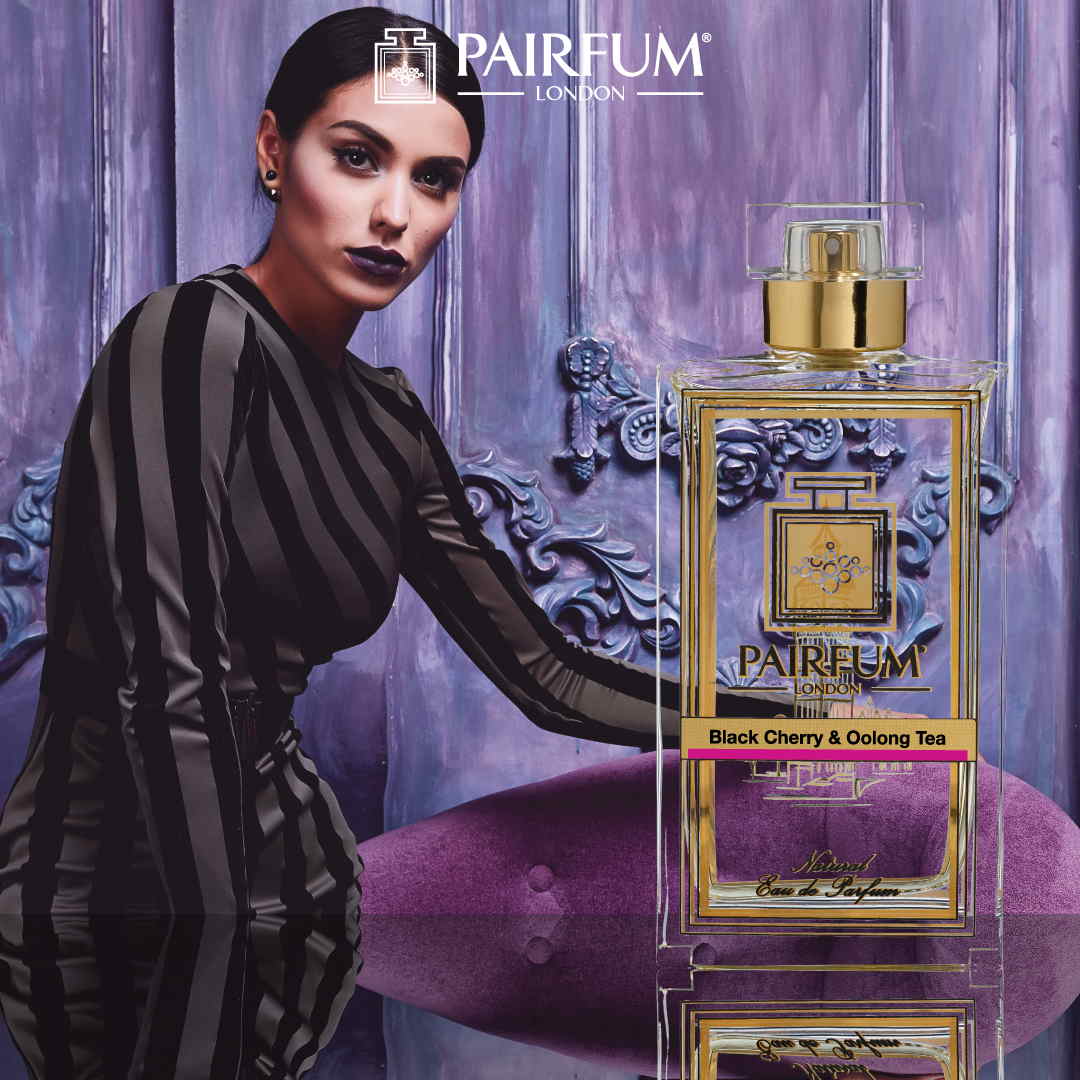
Black Cherry in Perfumery
From a perfumery perspective, black cherry is rarely extracted directly from the fruit because cherries yield little essential oil. Instead, perfumers recreate black cherry accords using combinations of natural extracts and aromatic molecules. These allow the note to be finely tuned, depending on whether the goal is juiciness, deep darkness or a balance evocative of ripe black cherries.
This creative liberty has allowed black cherry to feature across fragrance families:
- In gourmands, it enhances edible notes like almond, cocoa or vanilla.
- In orientals, its brightness cuts through heavier spices and resins.
- In florals, it adds modern vibrancy to rose, peony or jasmine.
- In woody scents, it softens depth while enriching warmth.
This explains how black cherry perfumes can be both playful daytime companions and sensual evening fragrances.
Types of Black Cherry Notes in Fragrance
Perfumers commonly classify the black cherry effect in three styles:
- Sweet black cherry: playfully fruity, working well with citrus and flowers.
- Tart black cherry: sharp with a sour edge that balances creamy bases.
- Traditional black cherry: a middle ground, often used in classic luminous perfumes.
This ability to shift mood explains the popularity of perfumes that use black cherry as a central note.
Botanical Details
Classified under the genus Prunus, the species epithet serotina refers to its relatively late flowering and fruiting. Compared to sweet cherry, which fruits earlier, prunus serotina develops blossoms and cherries somewhat later in the season. This accounts for its common name, which translates as “late-bearing cherry.”
The seed inside each small fruit must be handled with care, as it contains compounds that can be toxic in large amounts. Similarly, the leaf and bark can produce cyanogenic substances when damaged. Still, in controlled preparations, the inner bark has long had medicinal associations.
As a plant, the black cherry is both admired and approached with caution due to these properties. For foresters, however, its growth rate and the high value of its wood have made it one of the most economically important fruit trees in the United States.
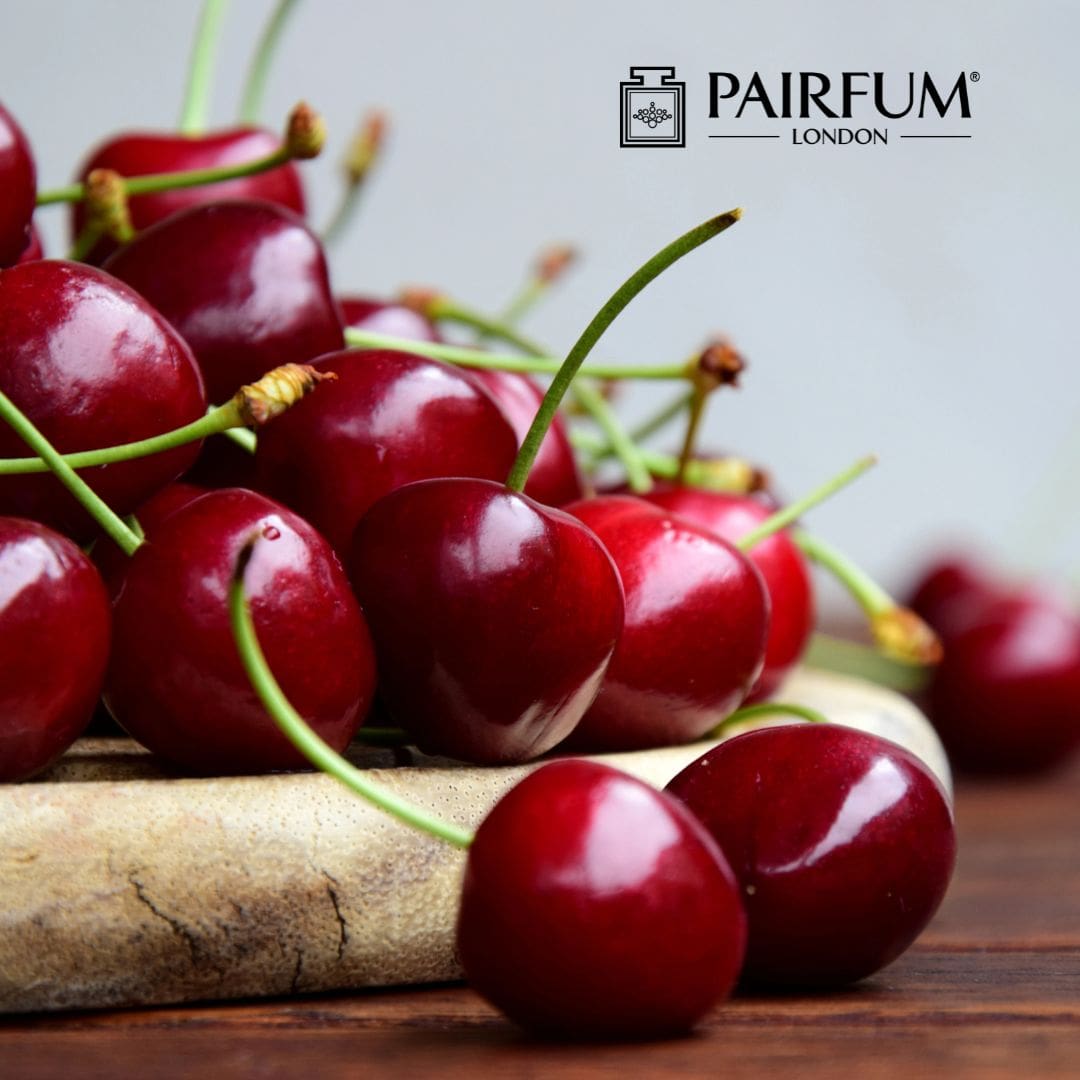
Symbolism and Associations
The black cherry fruit has long symbolised temptation, luxury and fleeting enjoyment. Poets and artists have drawn upon imagery of cherry blossom or dark cherries for centuries. In fragrance, black cherry is equally weighted with passion and sophistication, tempting the senses in the same way as ripe black fruit tempts the palate.
From sensual imagery in literature to its place in the dining table or perfume bottle, the cherry theme recurs across human culture because it appeals directly to indulgence and beauty.
Growth and Appearance of the Tree
Like other fruit trees, the black cherry grows first as a young tree, with smooth bark and vigorous upward shoots. Over time, the mature tree develops deeper fissures, broader canopy and presents as a true forest specimen. Its flower racemes in late spring are highly ornamental, which briefly give the trees a delicate, snow-like appearance.
As a shade tree, the black cherry does not always receive recognition beyond its timber and fruit. Yet, to wildlife including pollinators, birds and mammals, it provides essential resources. The seedlings often grow beneath the parent tree, using partial shade to survive until light gaps open in the canopy.
The mature black cherry can live for many decades. Its black bark and majestic size make it an iconic sight in both wild and settled landscapes, where its importance ranges from ecological utility to cultural inspiration.
Everyday Uses
The bark and inner bark have historically been an ingredient in syrups and medicinal formulations. The fruit is transformed into jams, preserves, juices and ice creams, with one of the most memorable being black cherry ice cream. The taste of black cherries lends a sophisticated twist compared to lighter fruit flavours.
The hardwood is another valued by-product. Cherry wood is treasured by furniture makers for its fine grain and the way it develops a warm patina, much like black walnut, another prized American timber.
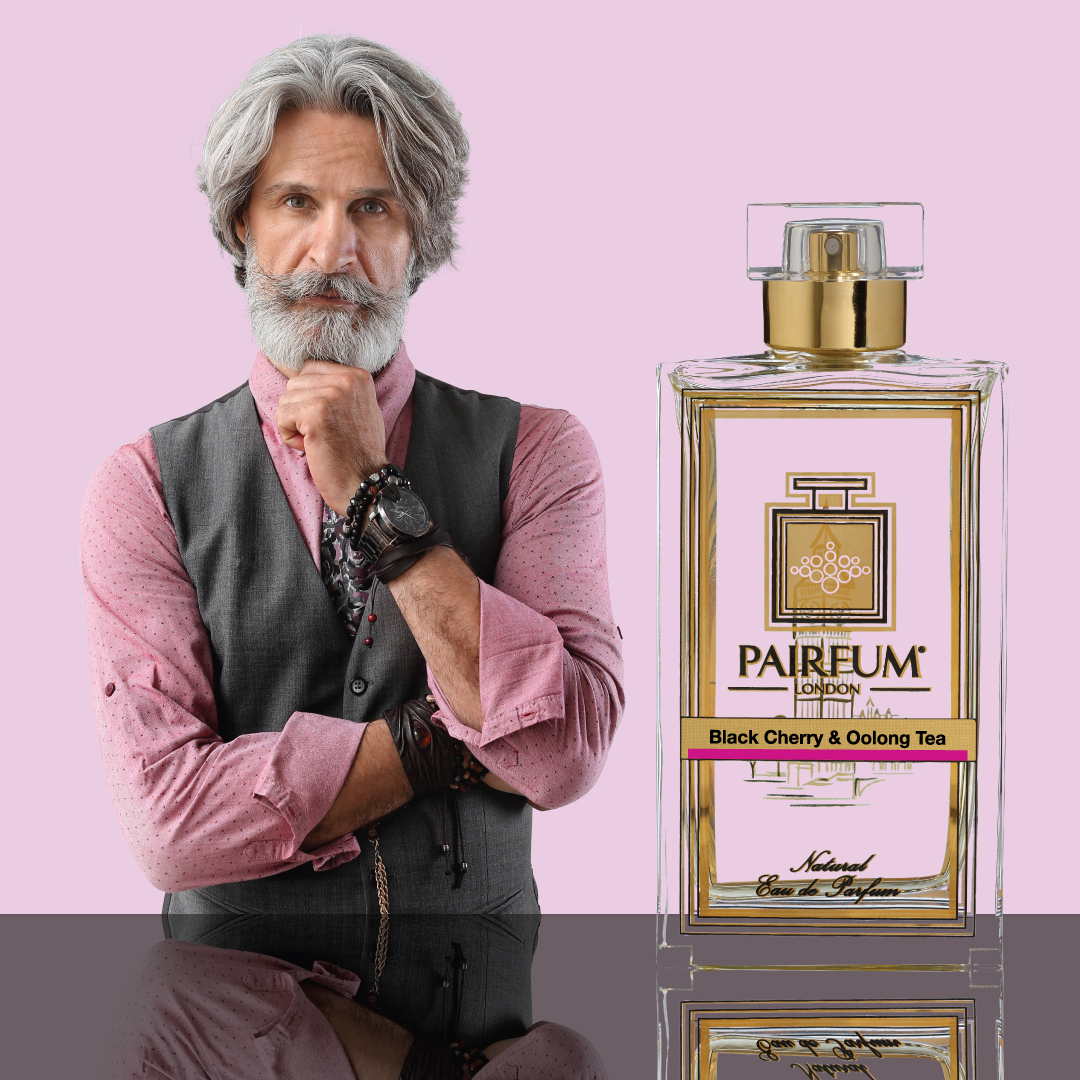
Rich Black Cherry with Pairfum London
Black Cherry & Oolong Tea – Eau de Parfum by Pairfum London
The scent opens with an uplifting rush of black cherry, its sweetness lifted by bright bergamot and the tang of red berries, while almond lends a soft nutty accent. The heart reveals a sophisticated pairing of oolong tea, both fruity and smoky, entwined with the opulence of Bulgarian and Turkish roses and the gentle sweetness of liquorice. As it settles, the fragrance deepens into a lingering finish of aniseed, tonka, iris and patchouli, creating a base that is at once warm, elegant and enduring.
Conclusion
The story of black cherry is one of dual significance: as an elegant note in perfumery and as a prominent native species of great ecological and cultural importance. From the delicate white flower of its young tree in late spring to the ripe black cherry clustering on a mature tree in late summer, every part of the plant has played a role in shaping human appreciation.
Through its presence in fragrance, cuisine, woodcraft and cultural symbolism, the black cherry remains more than simply another fruit. It endures as a scent, a flavour, a material and a metaphor. Whether admired on a forest walk or savoured in a perfume, the experience of black cherry connects people deeply to both tree and tradition.
